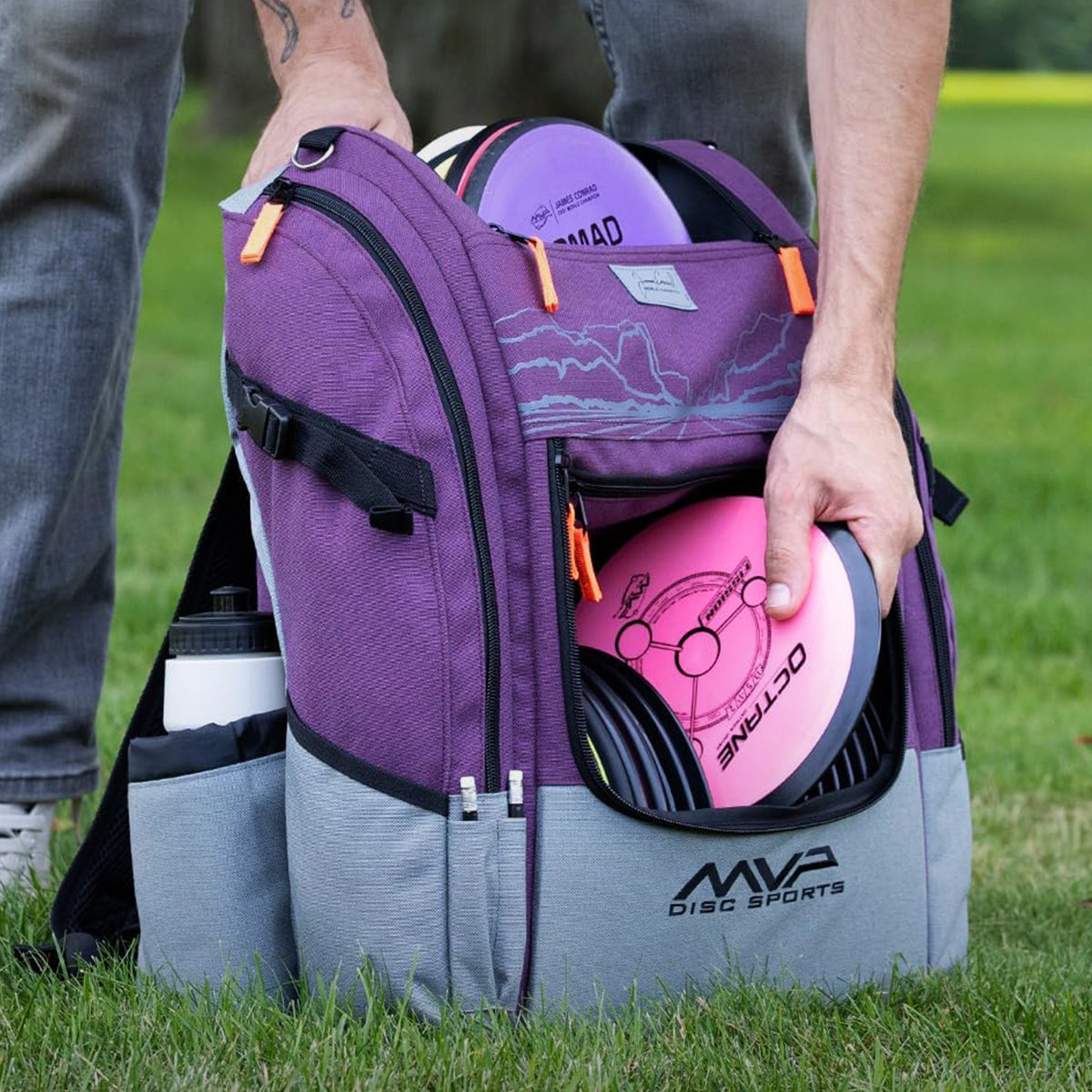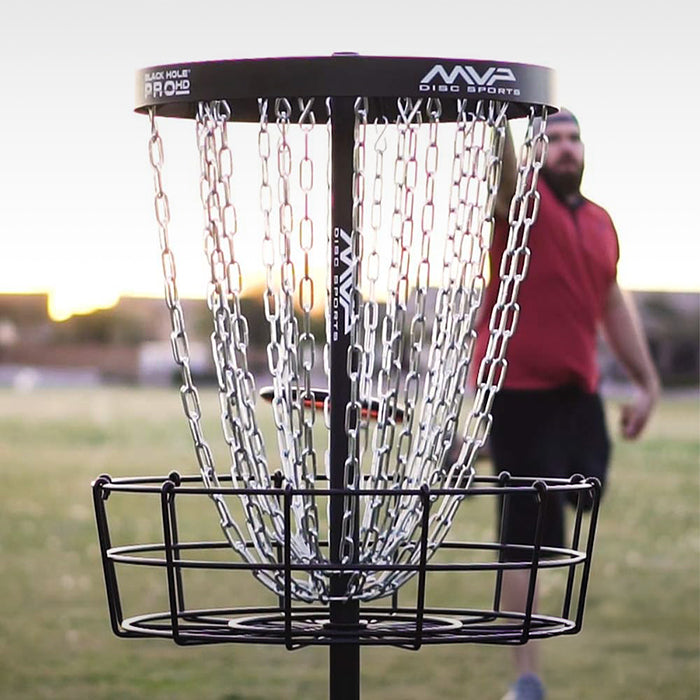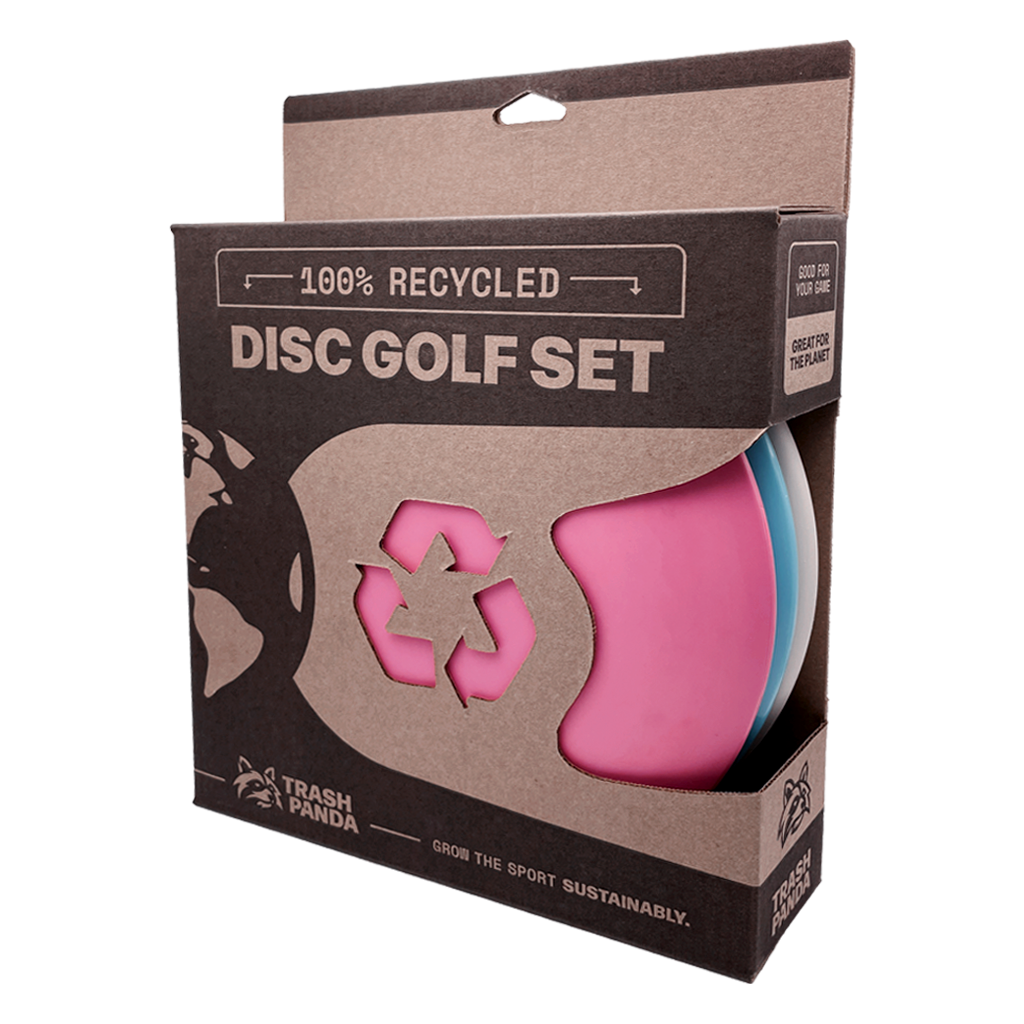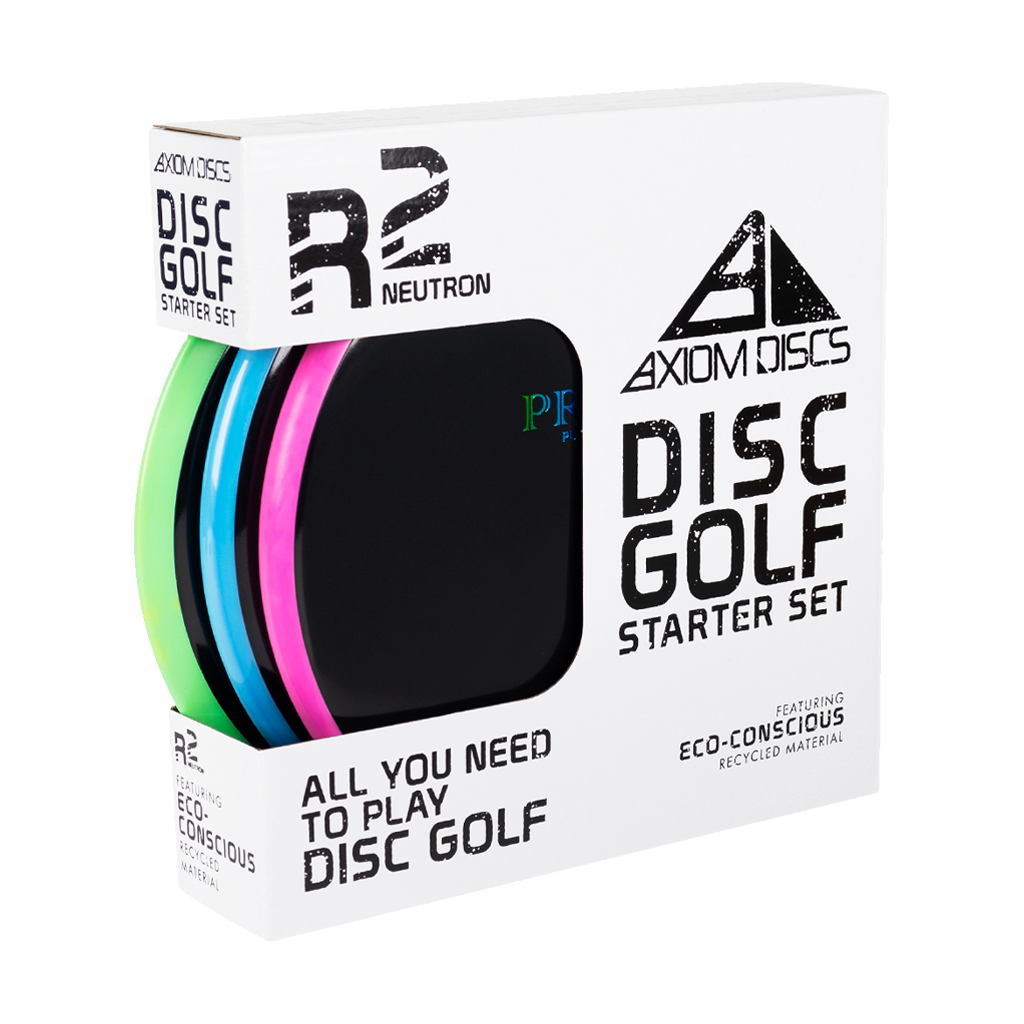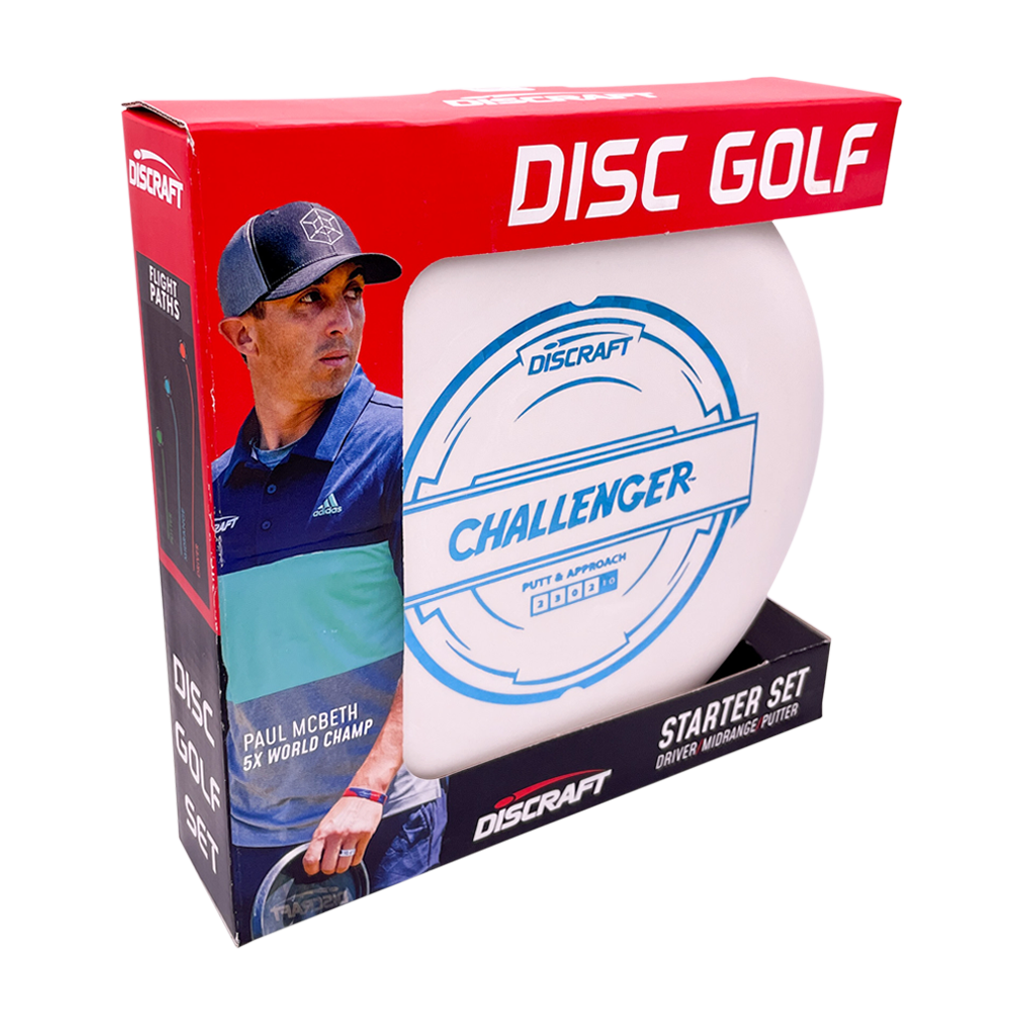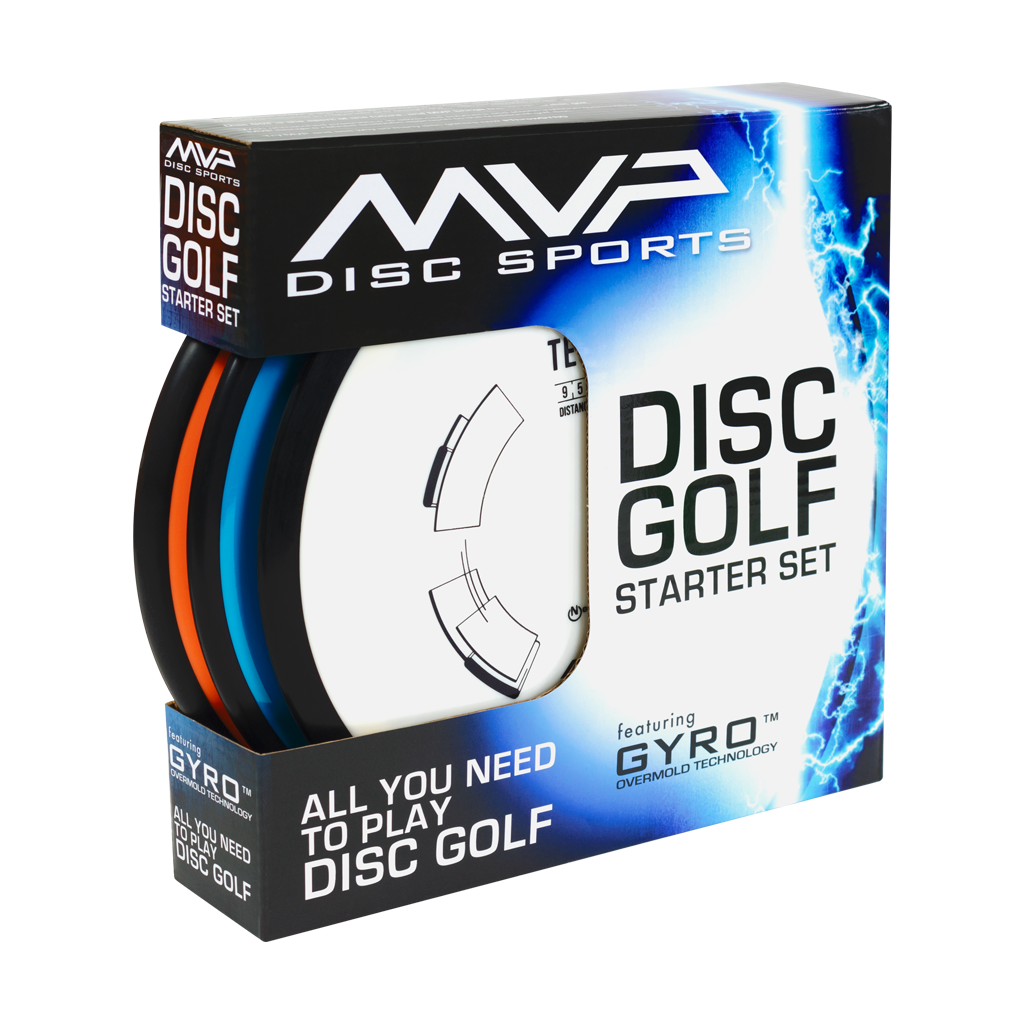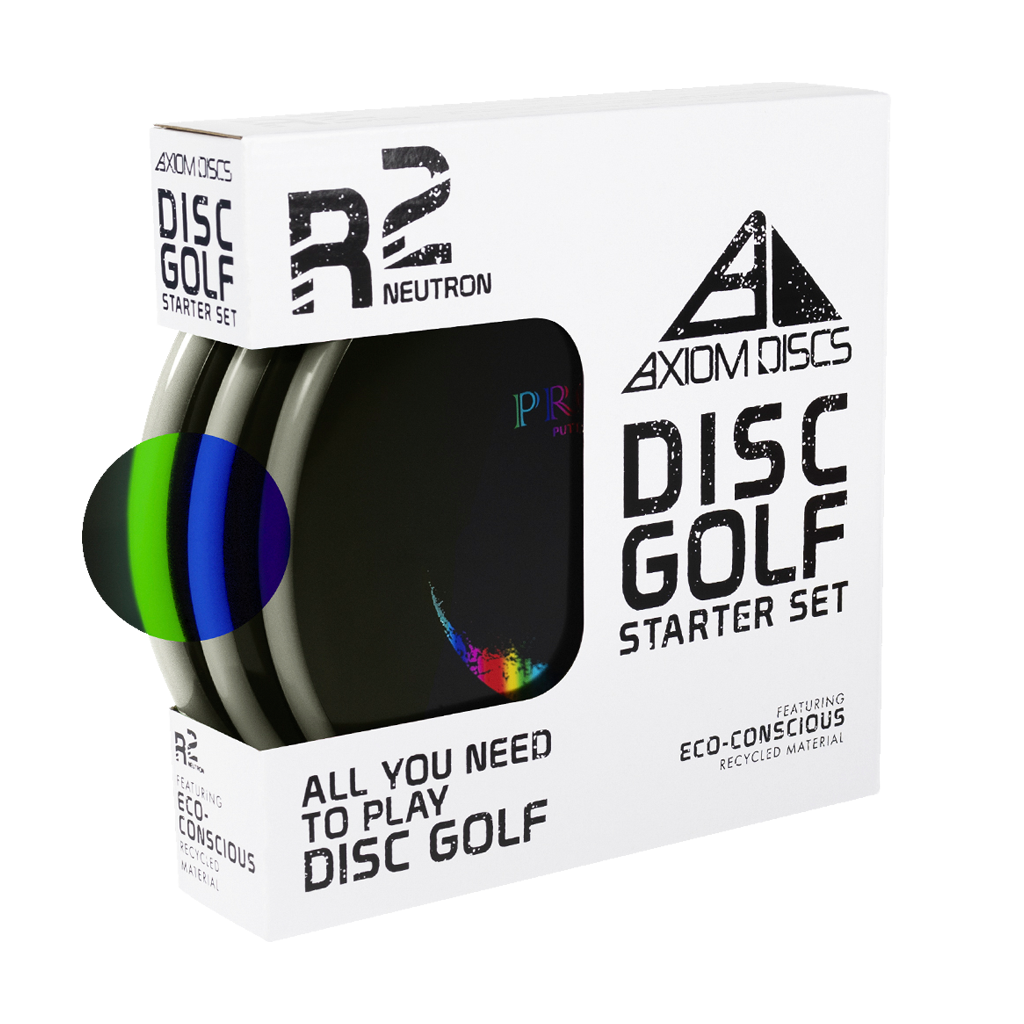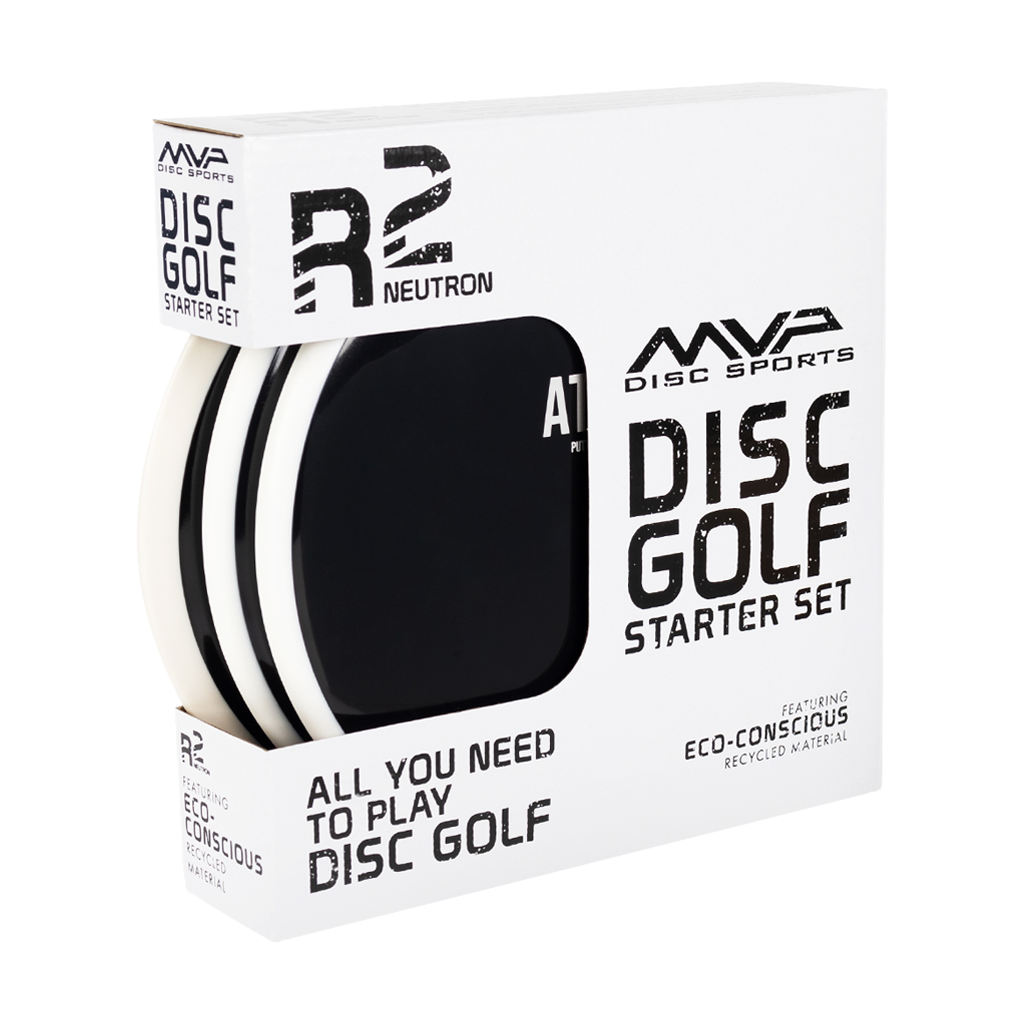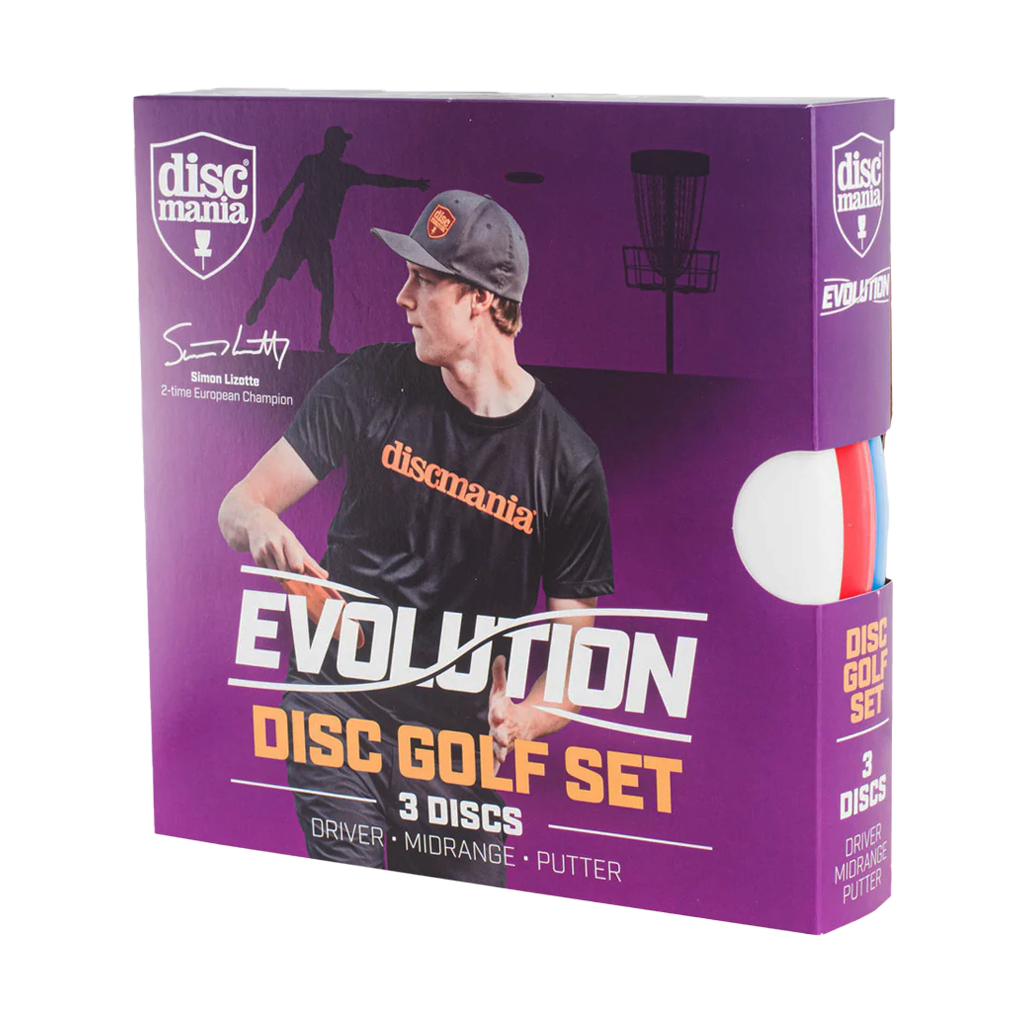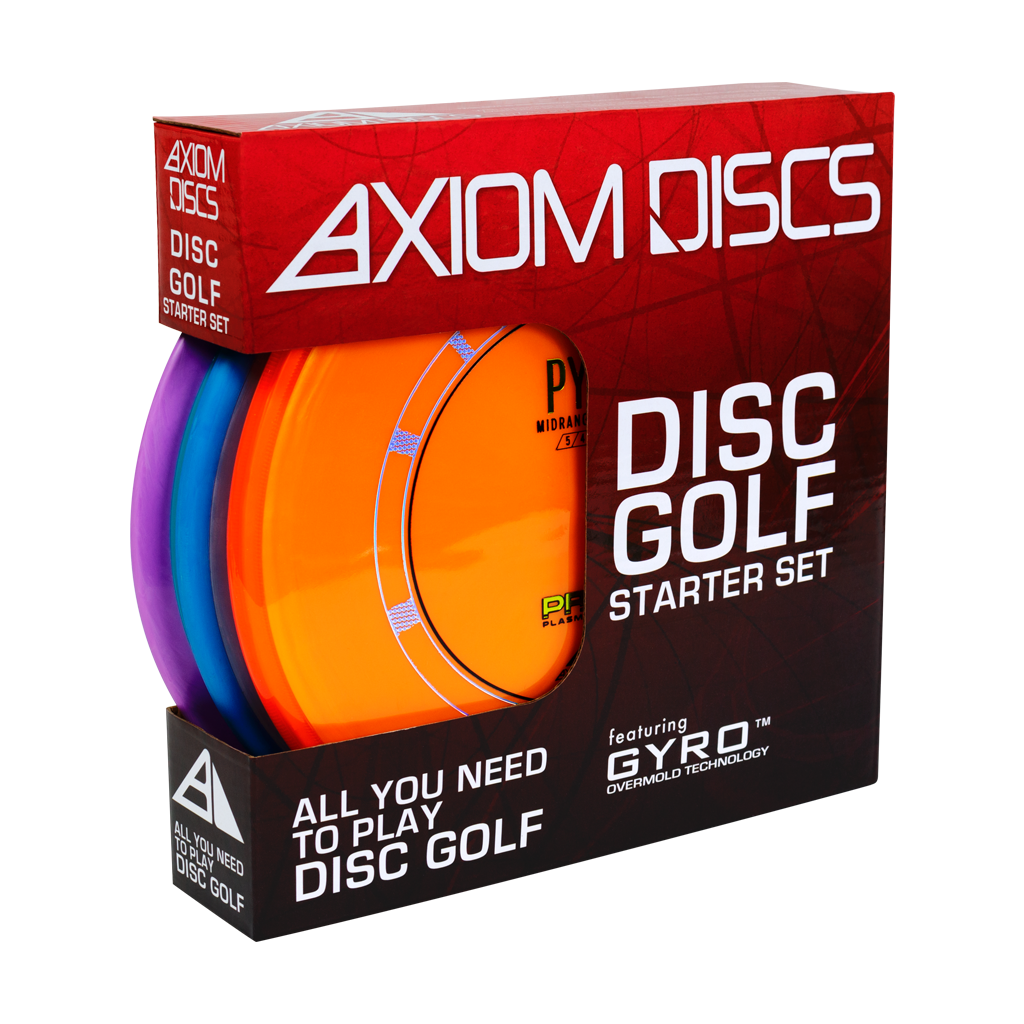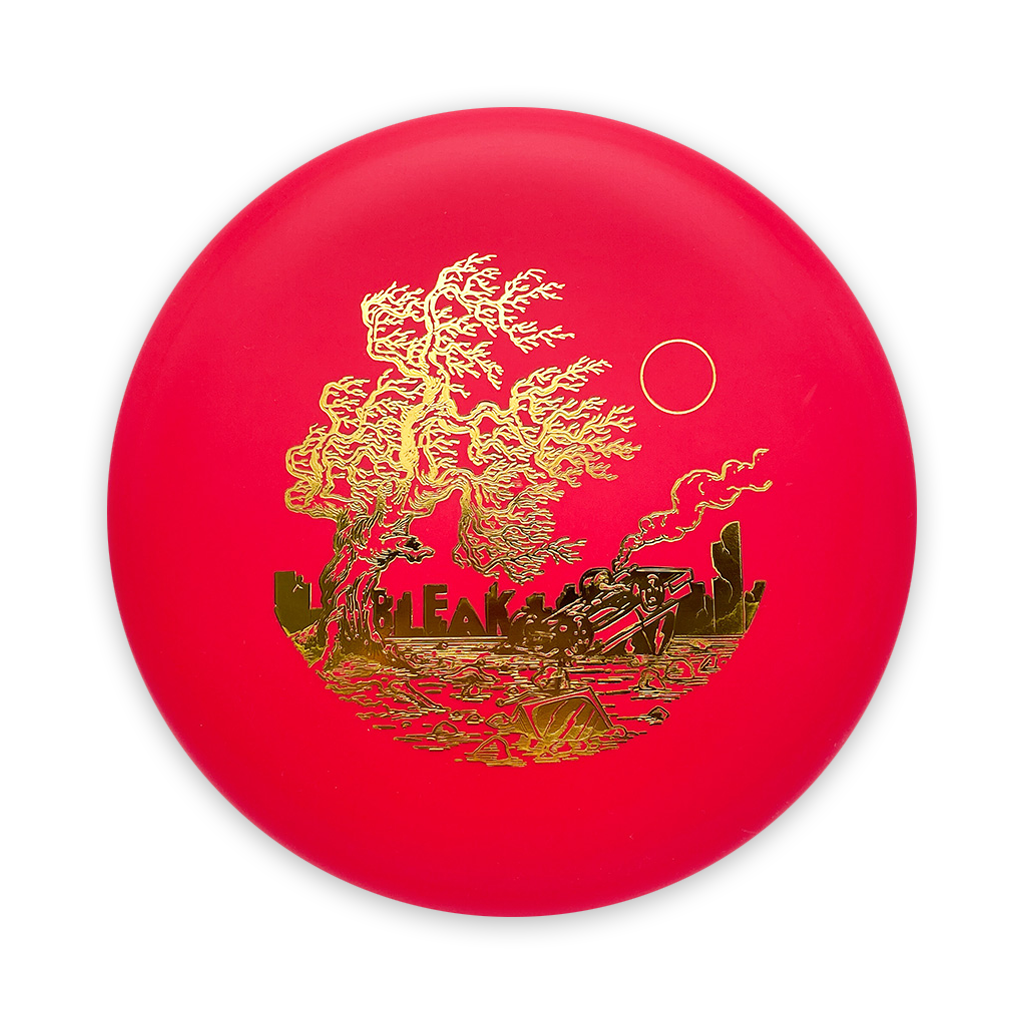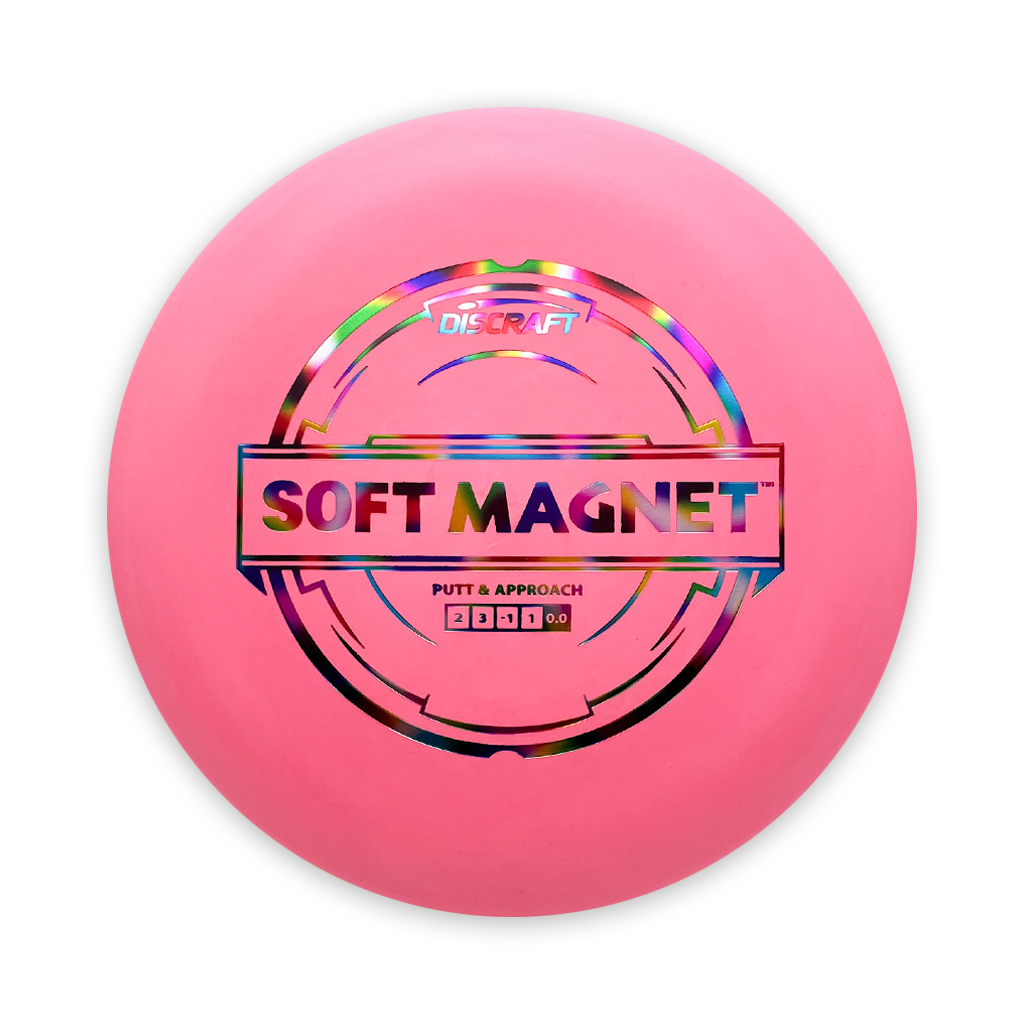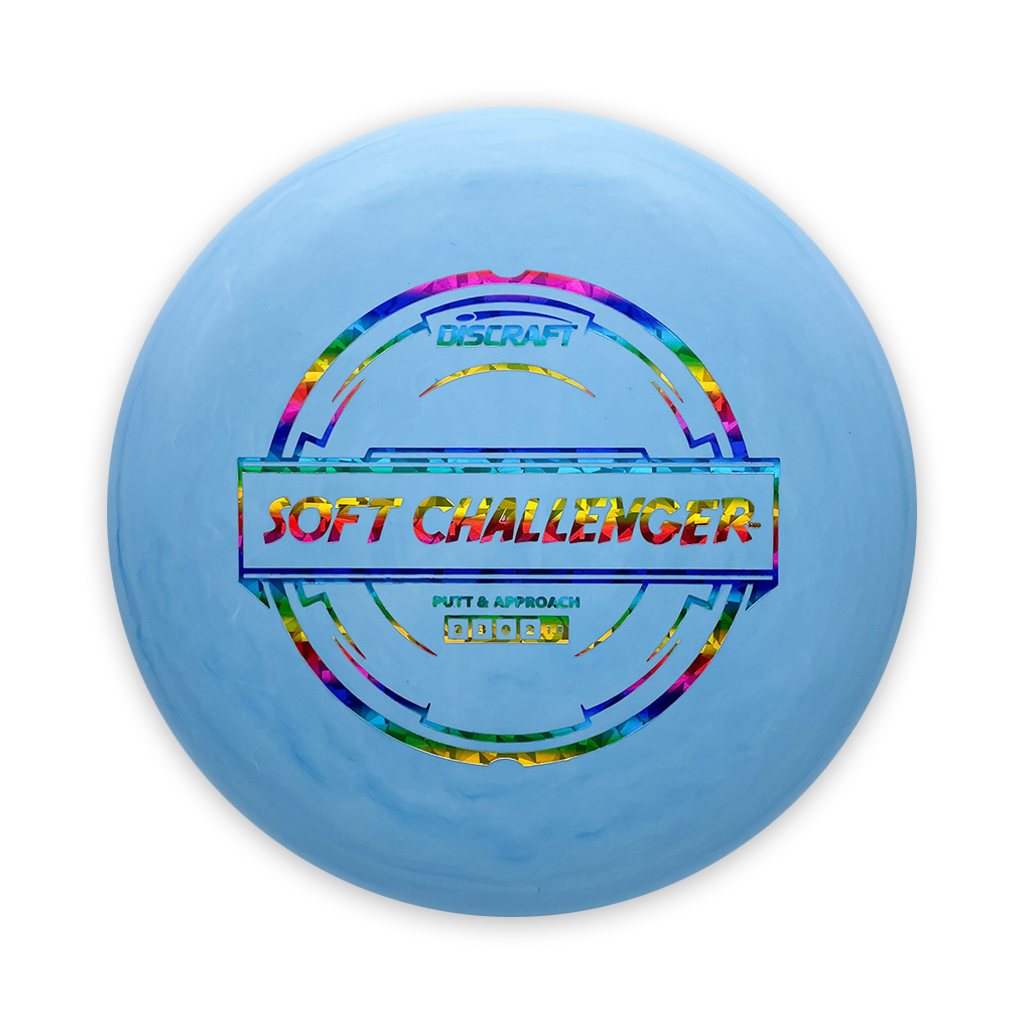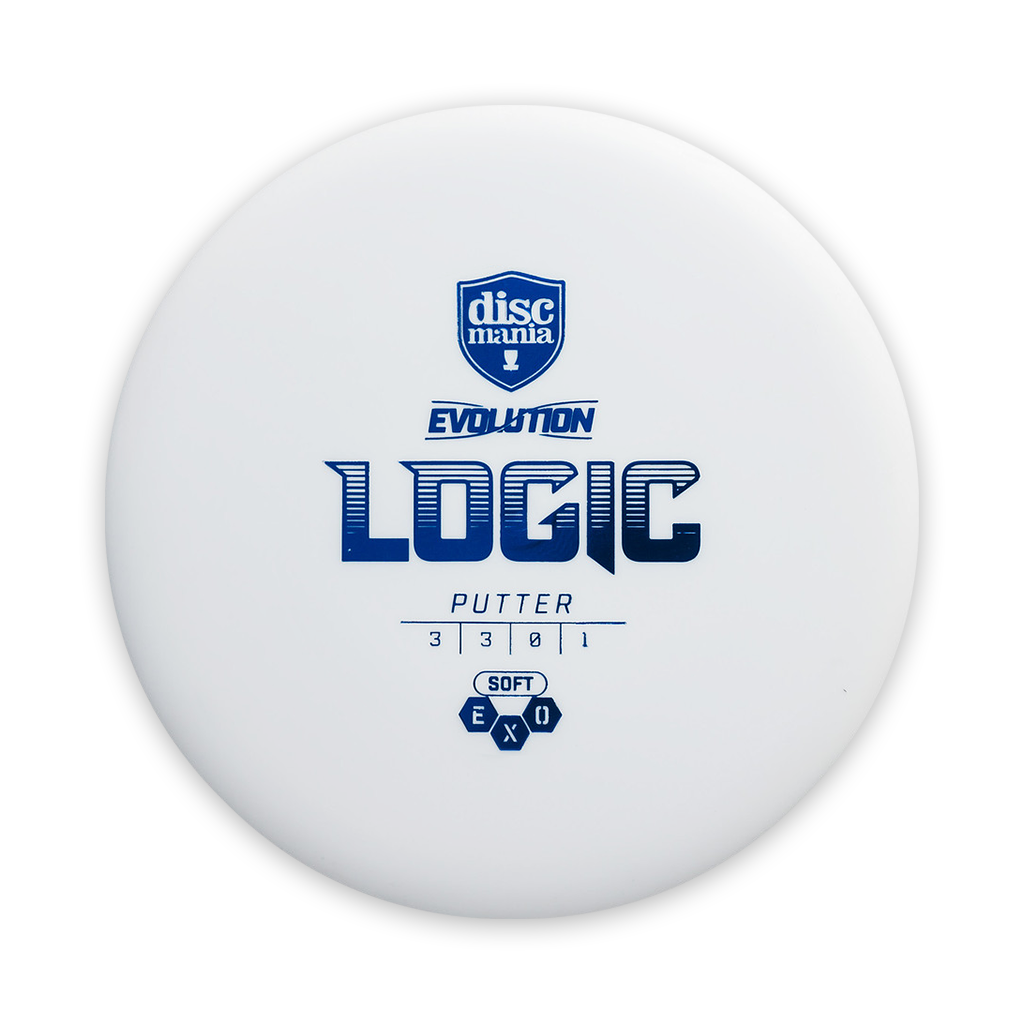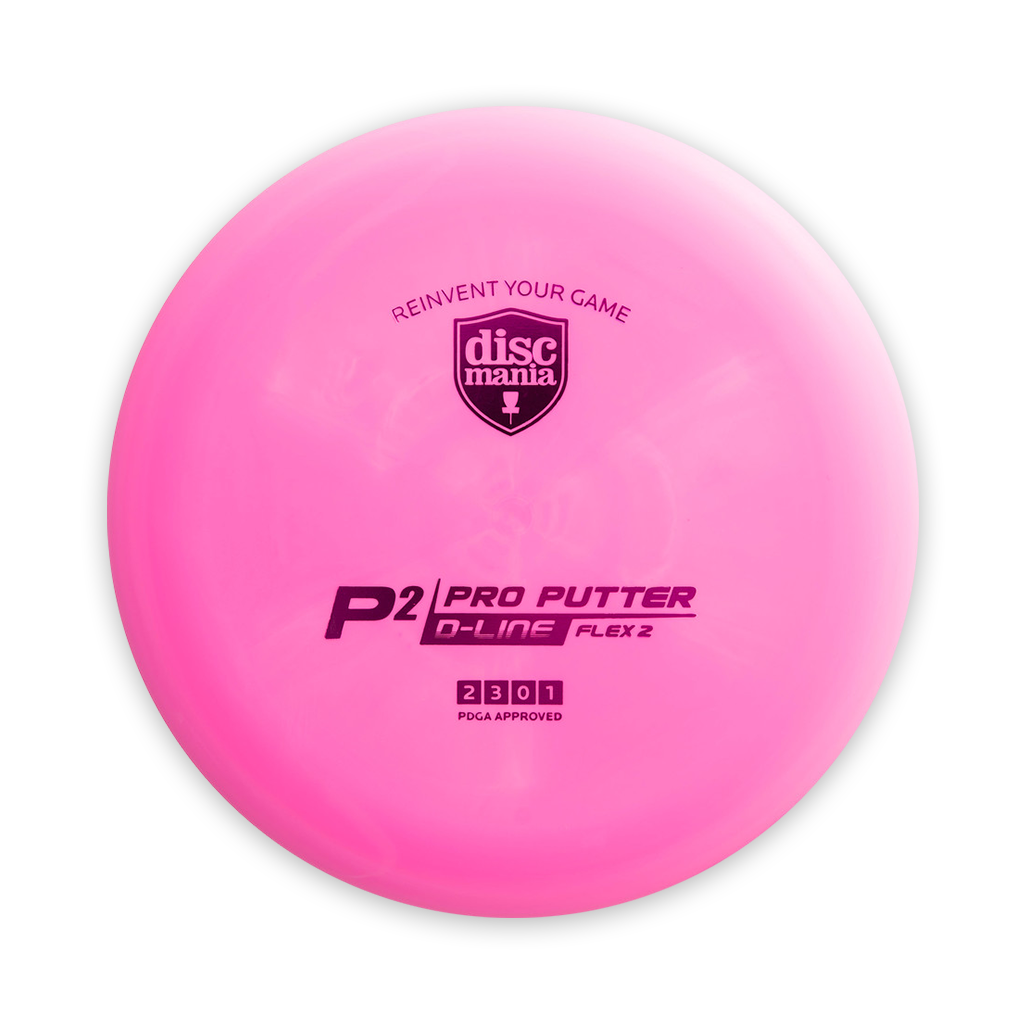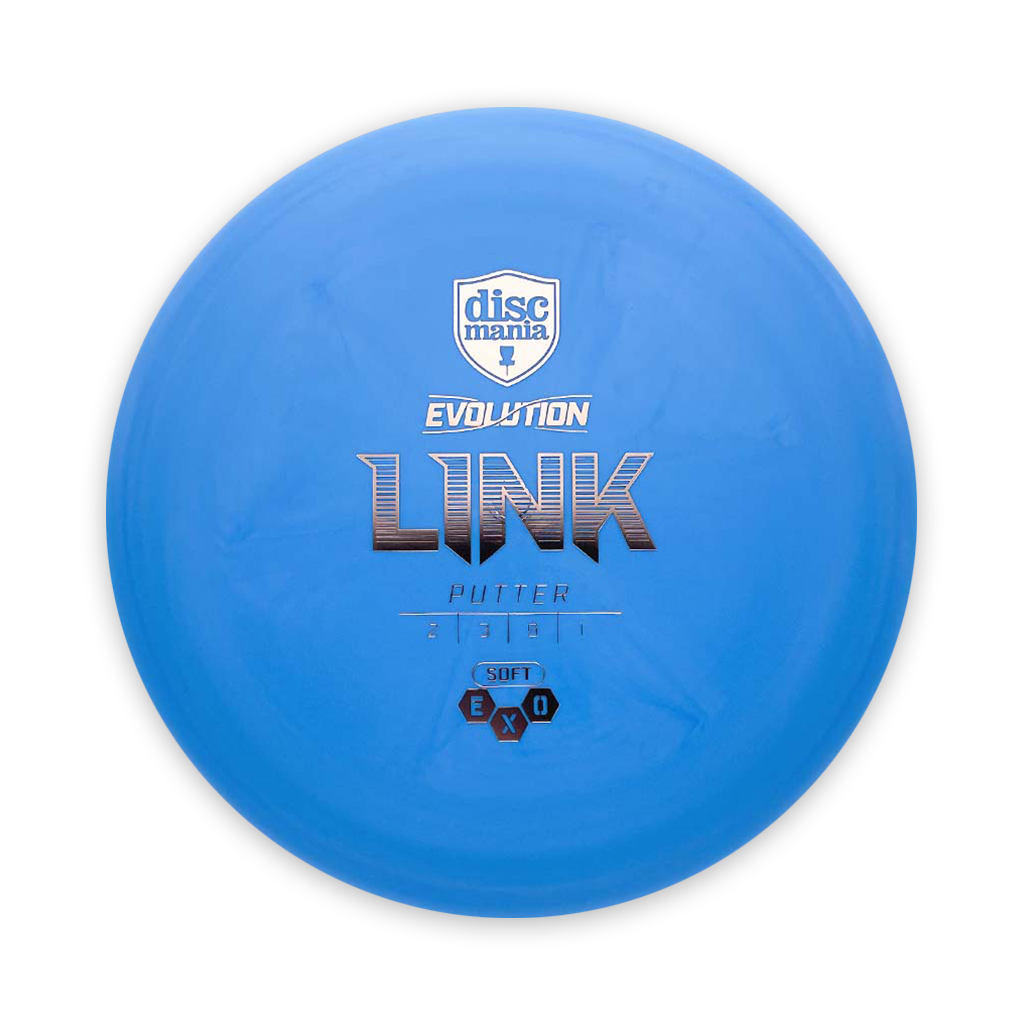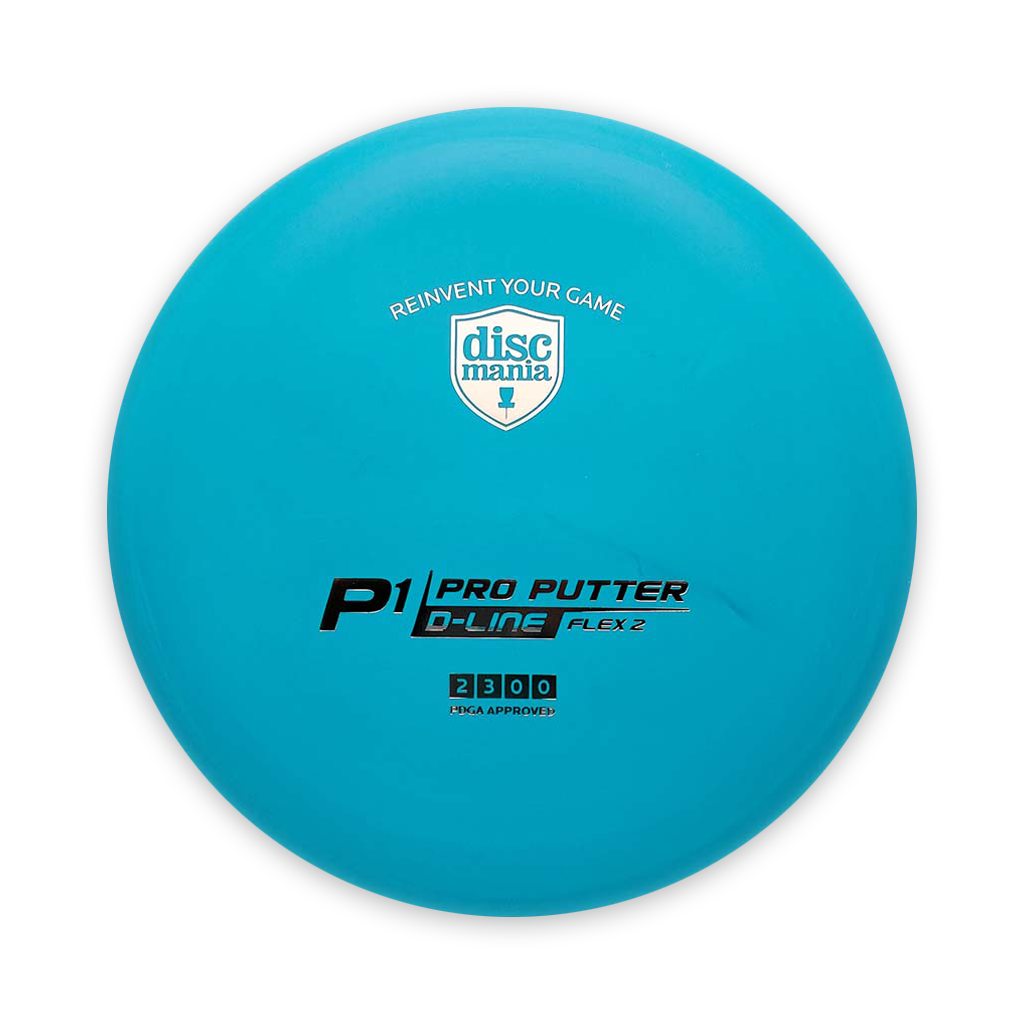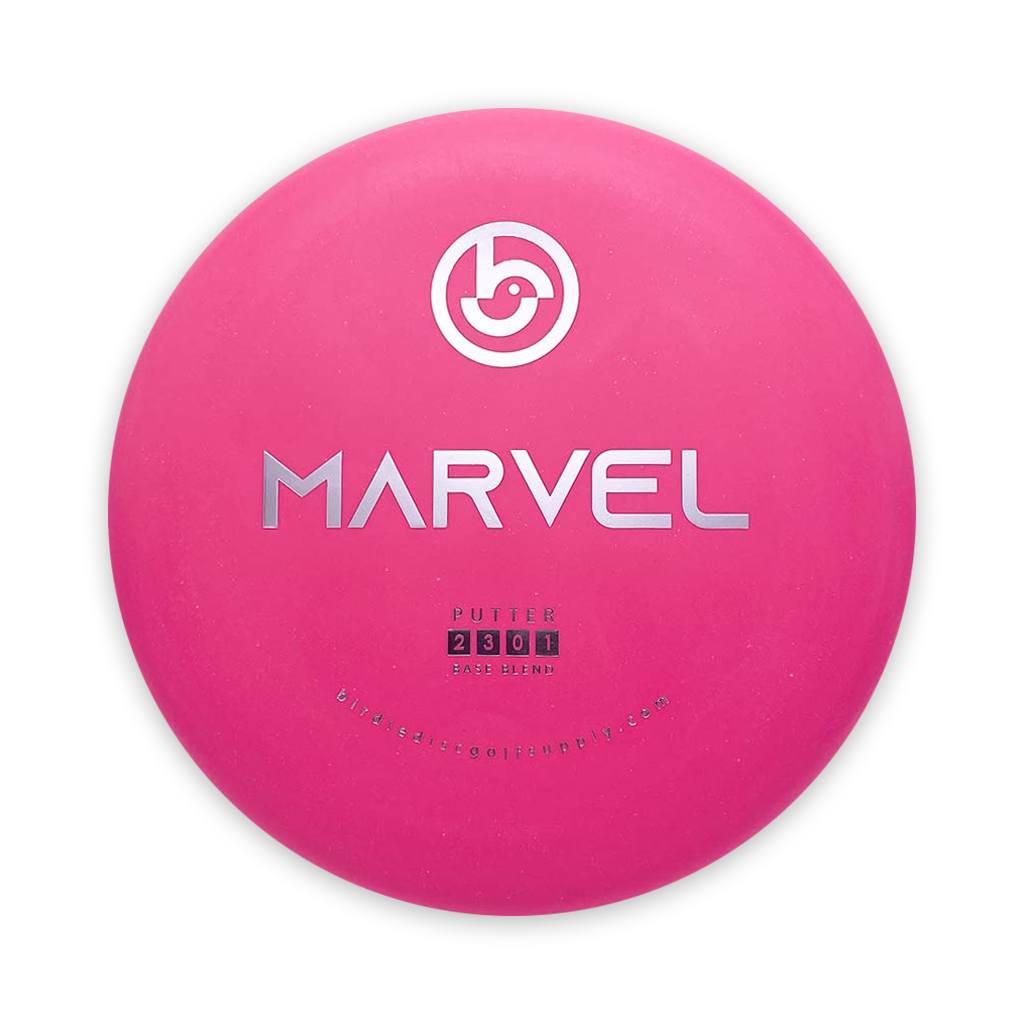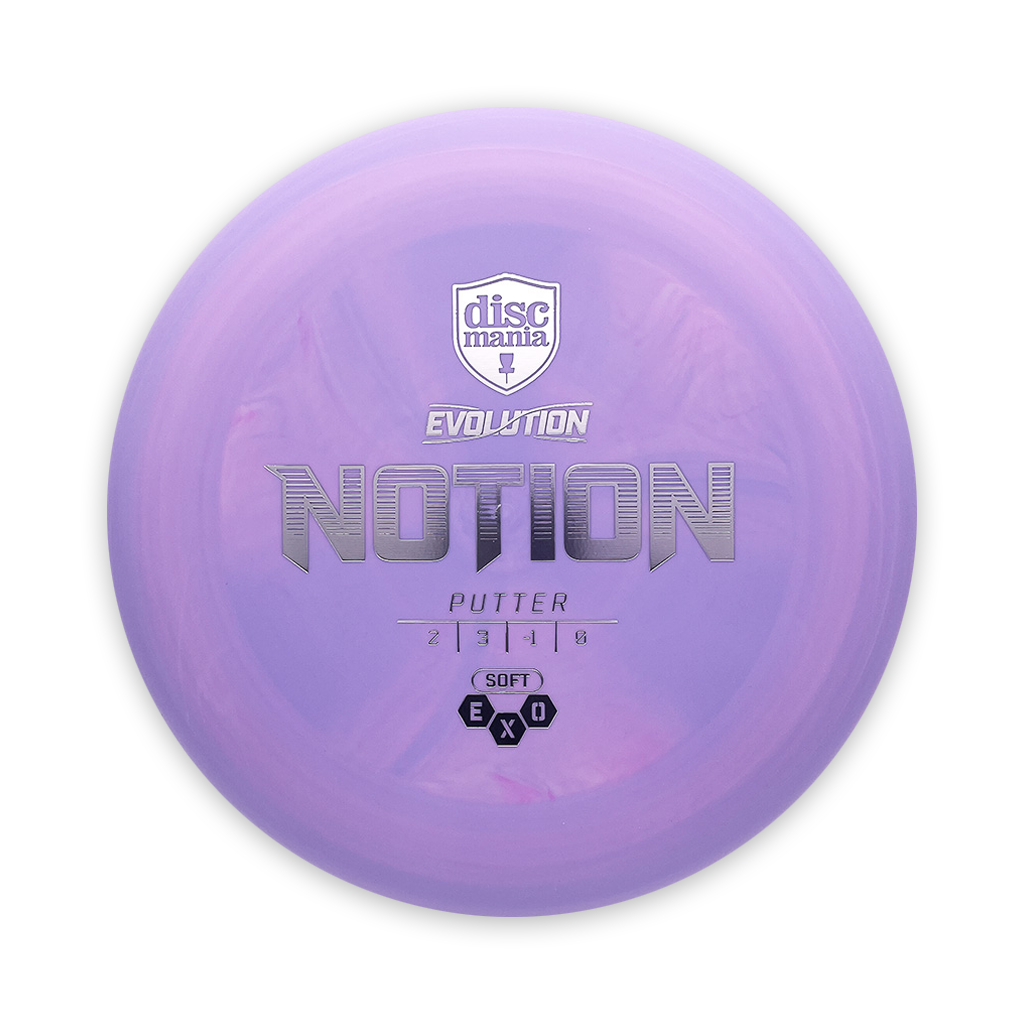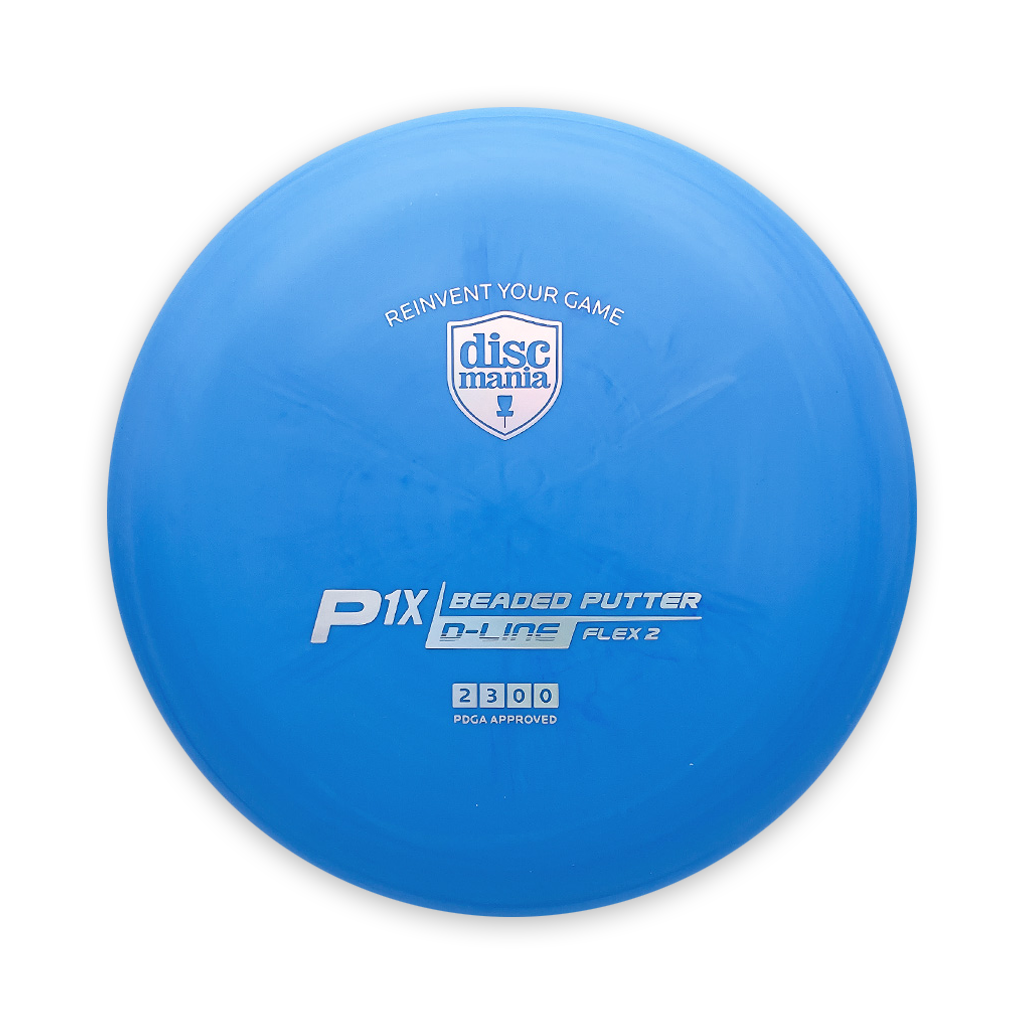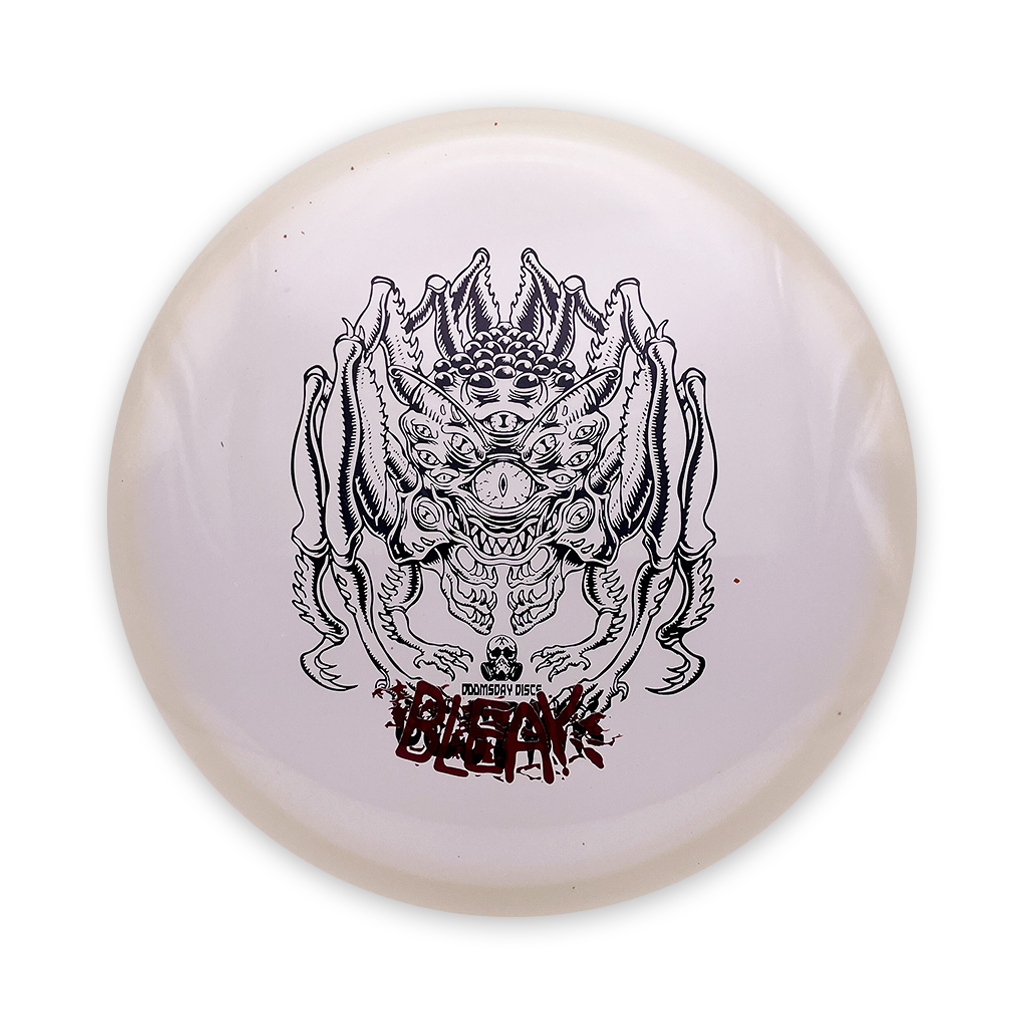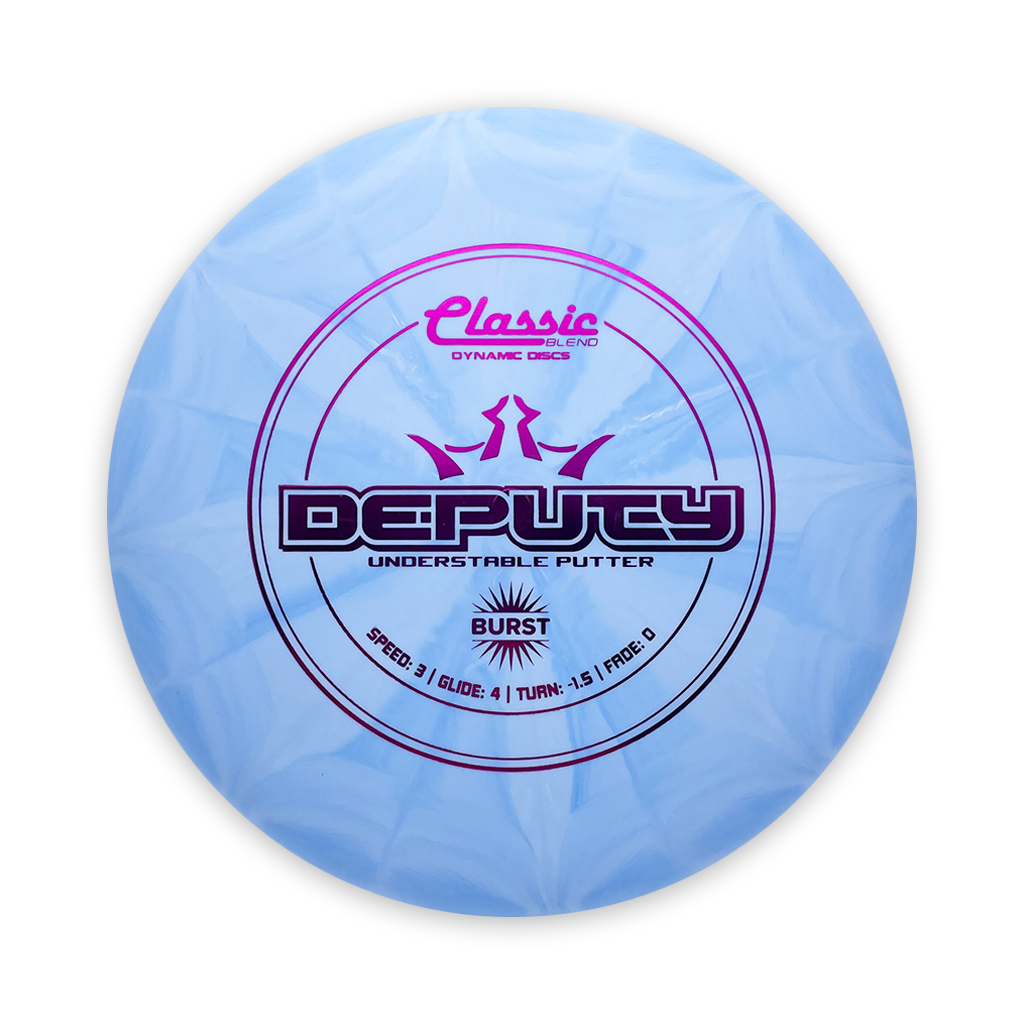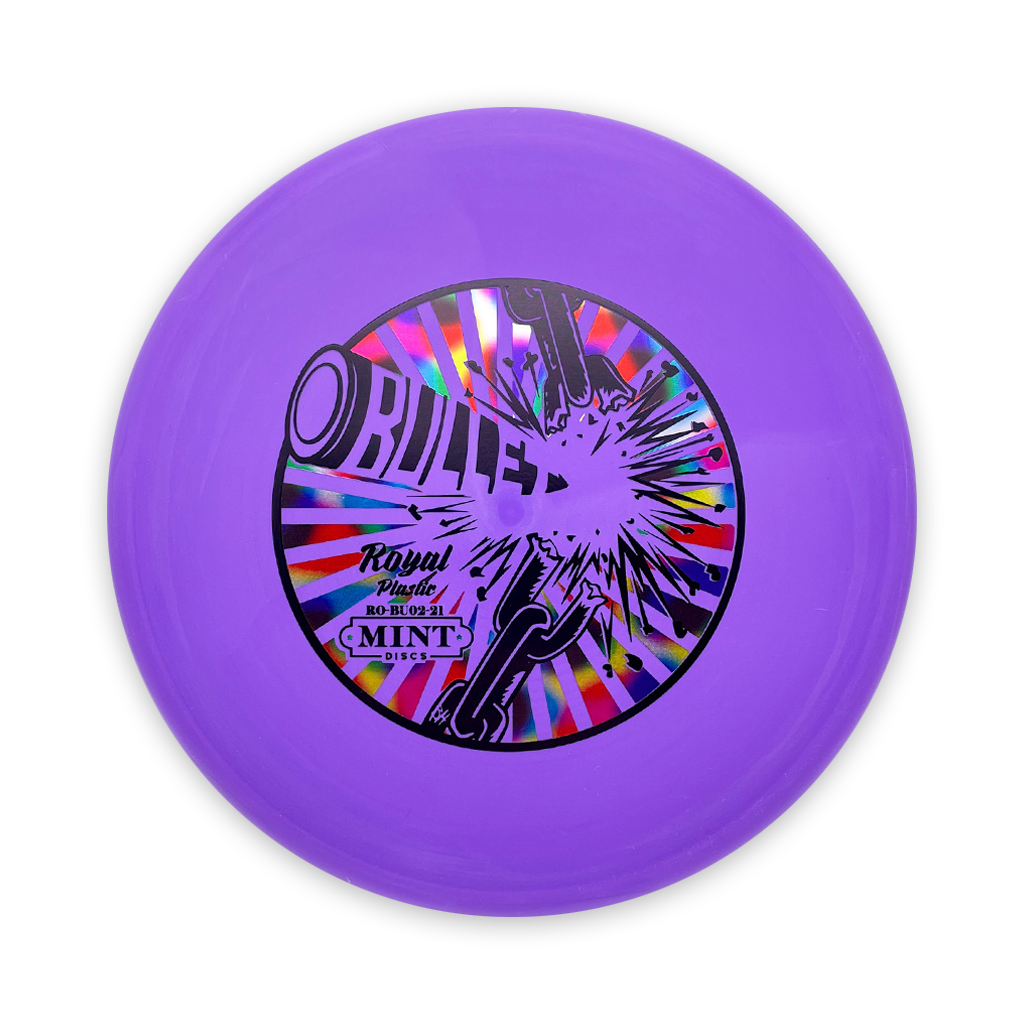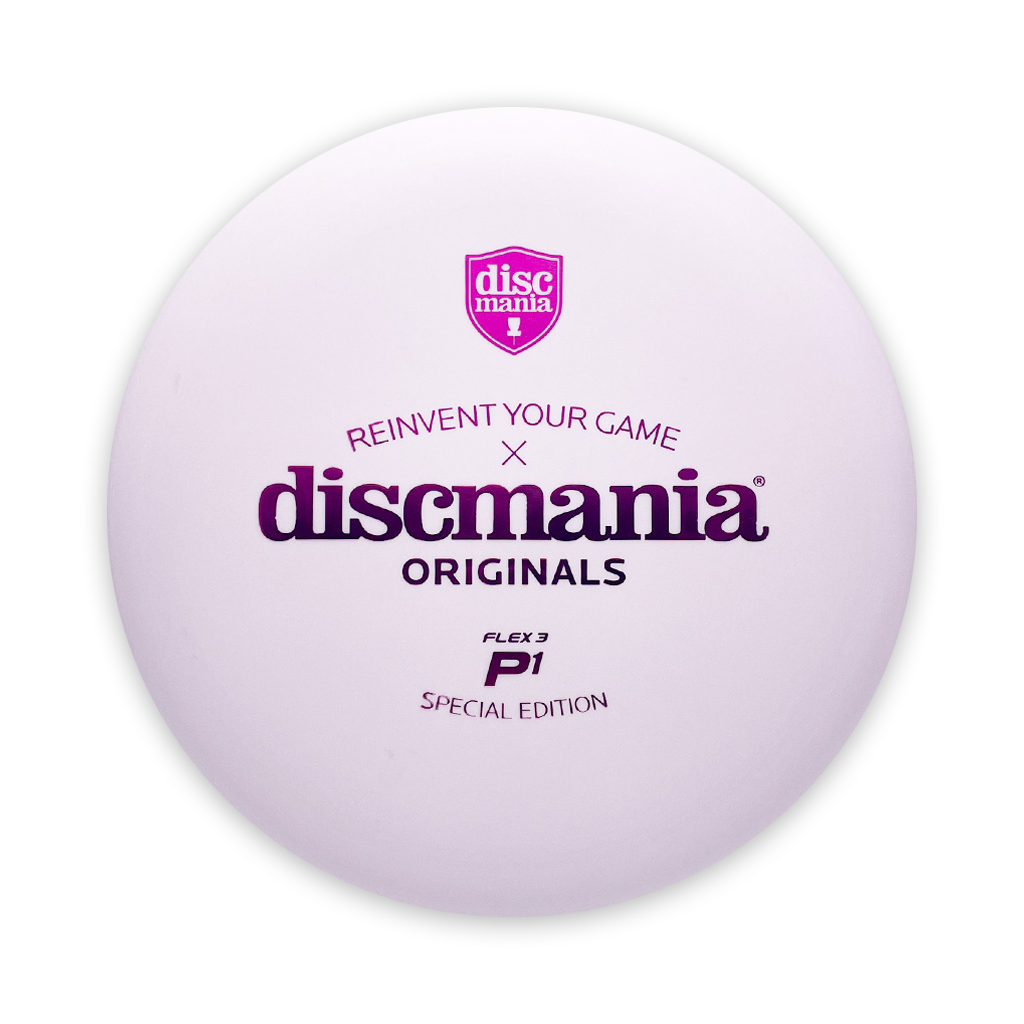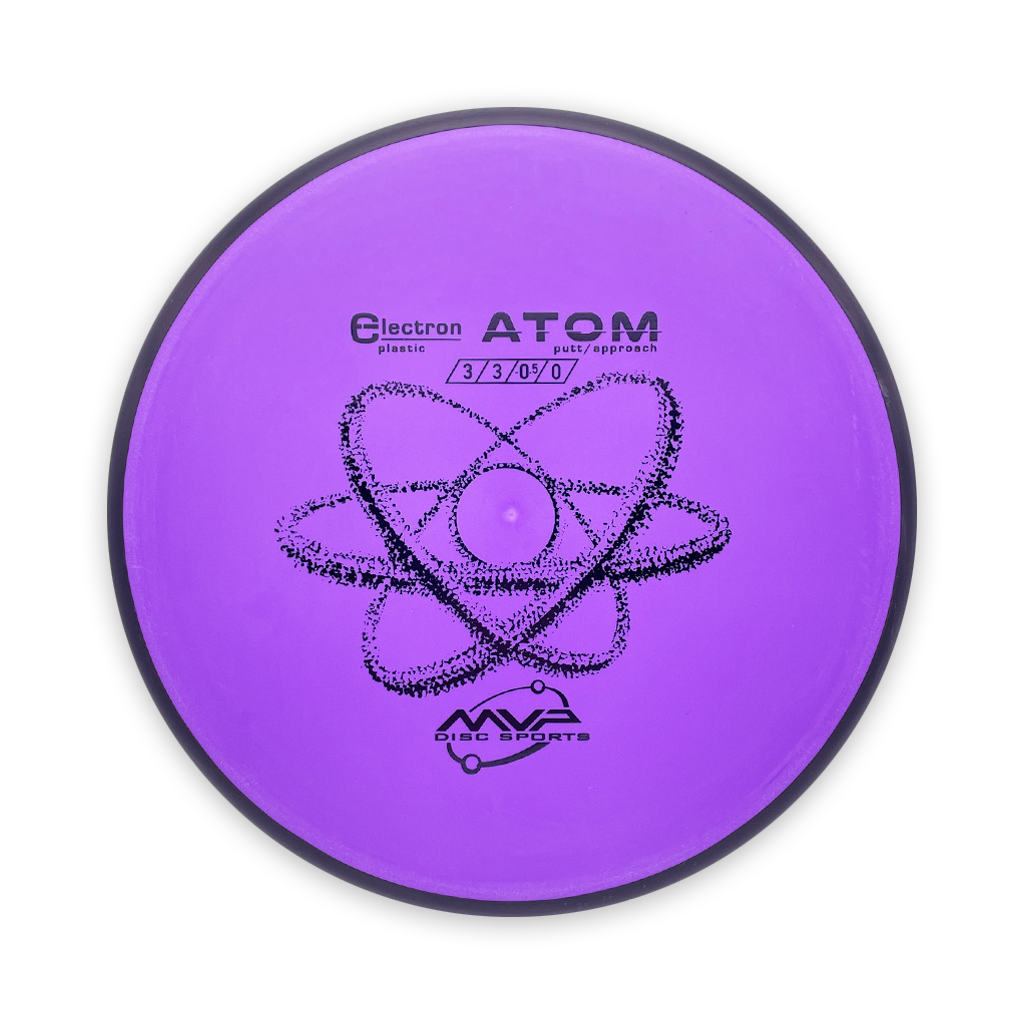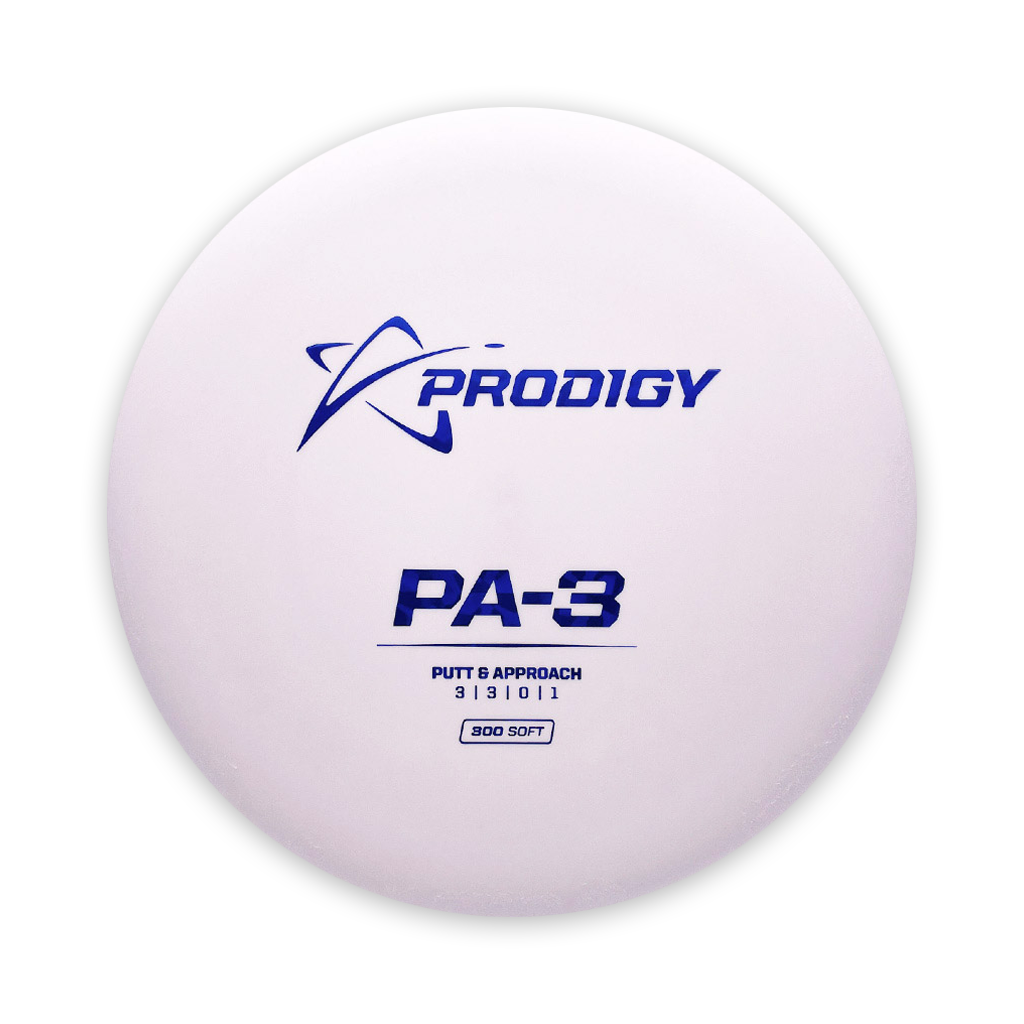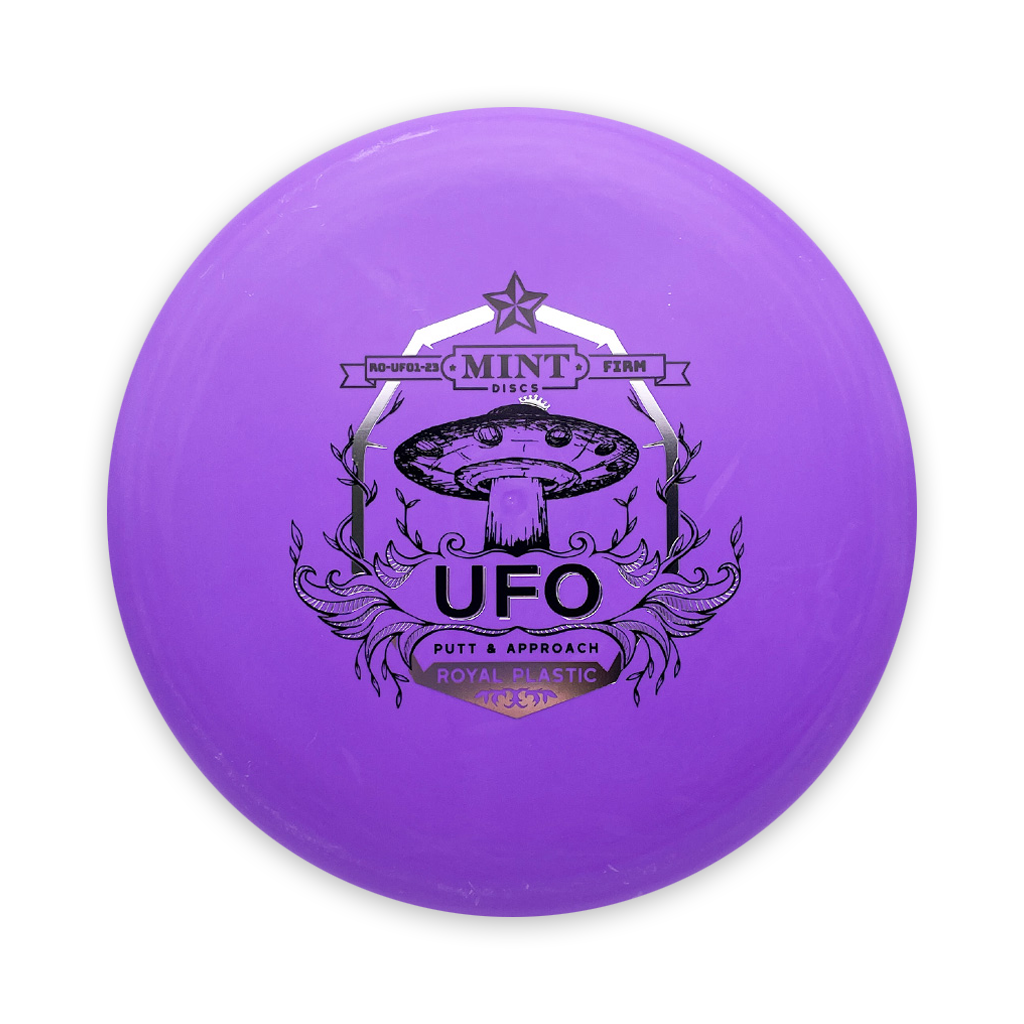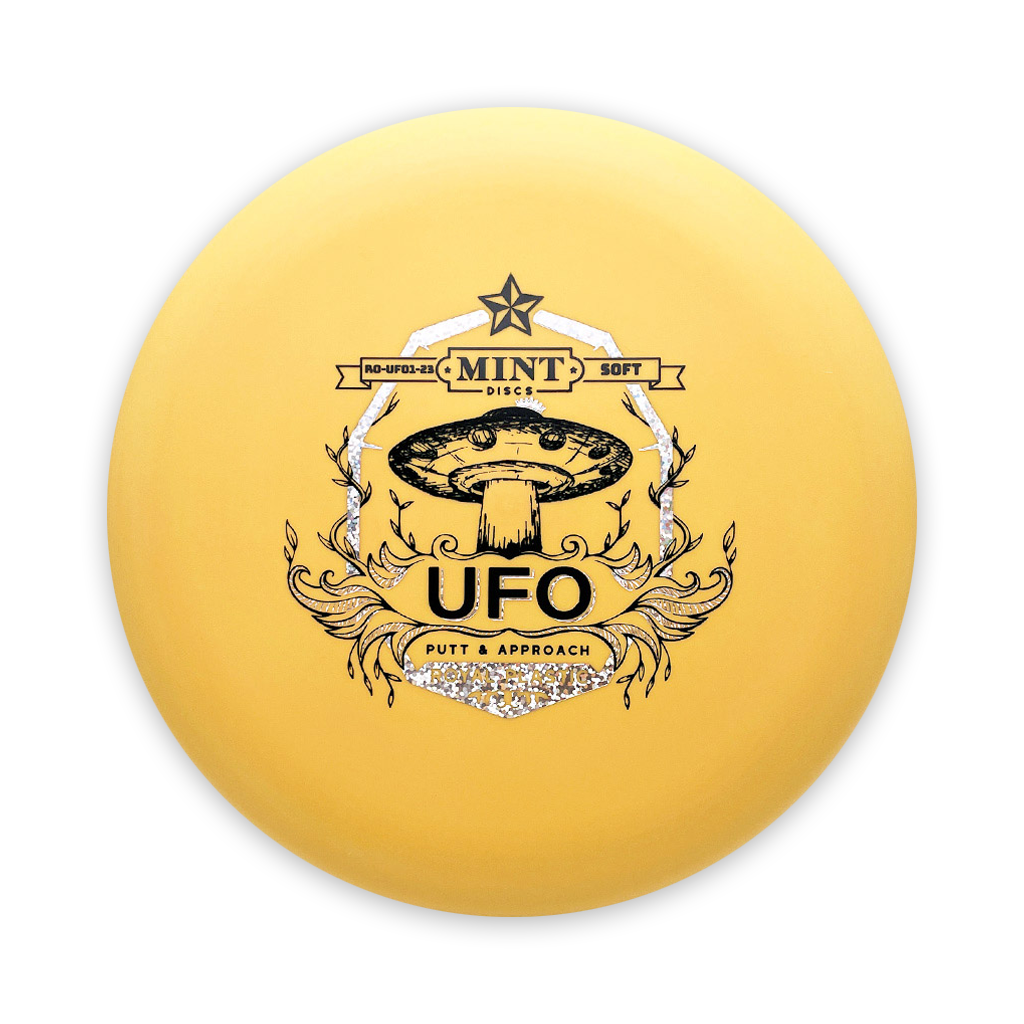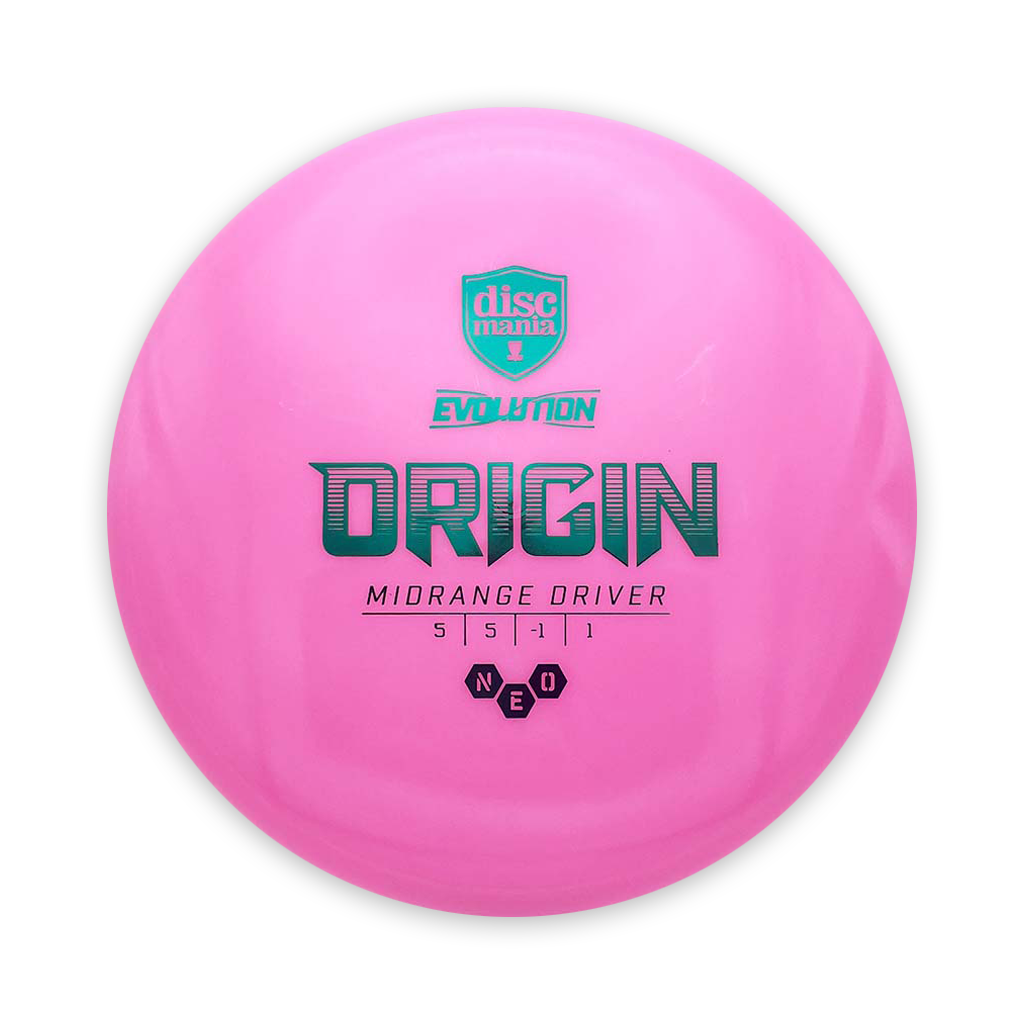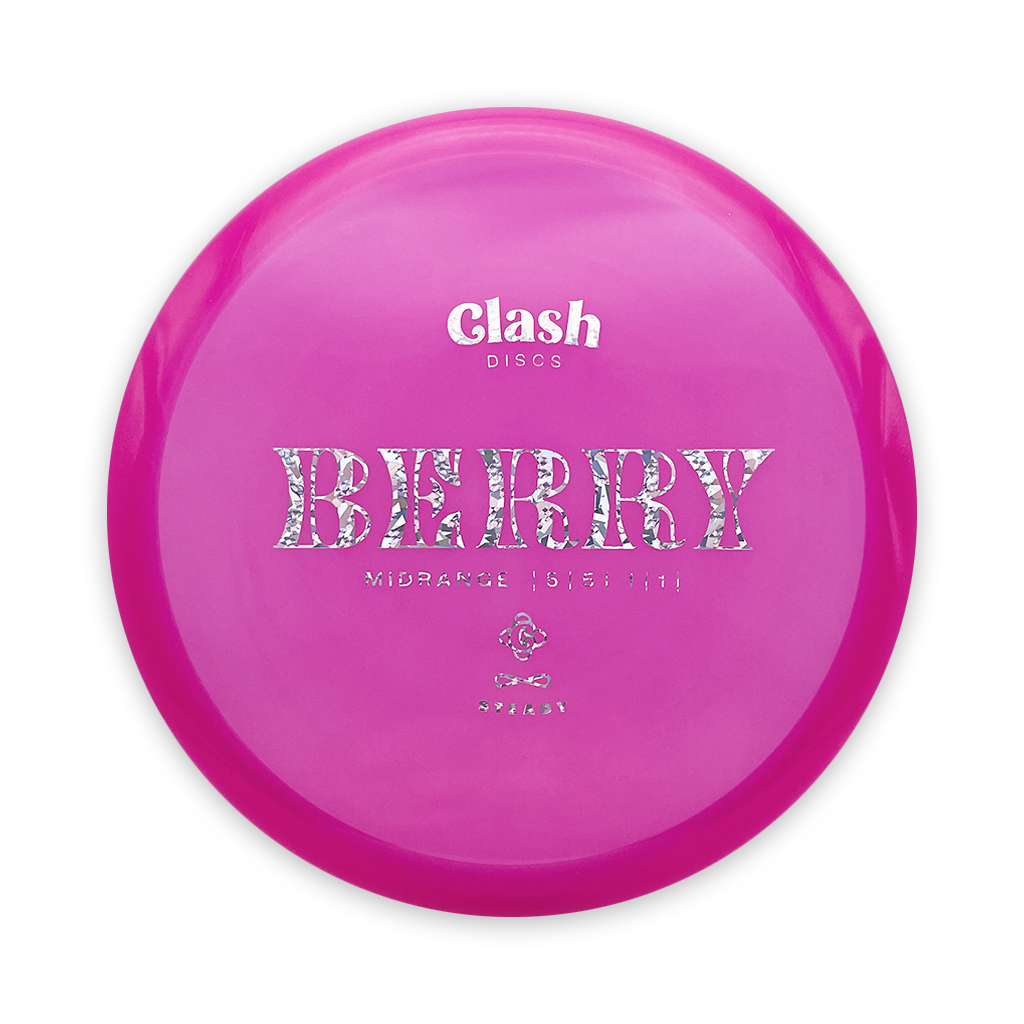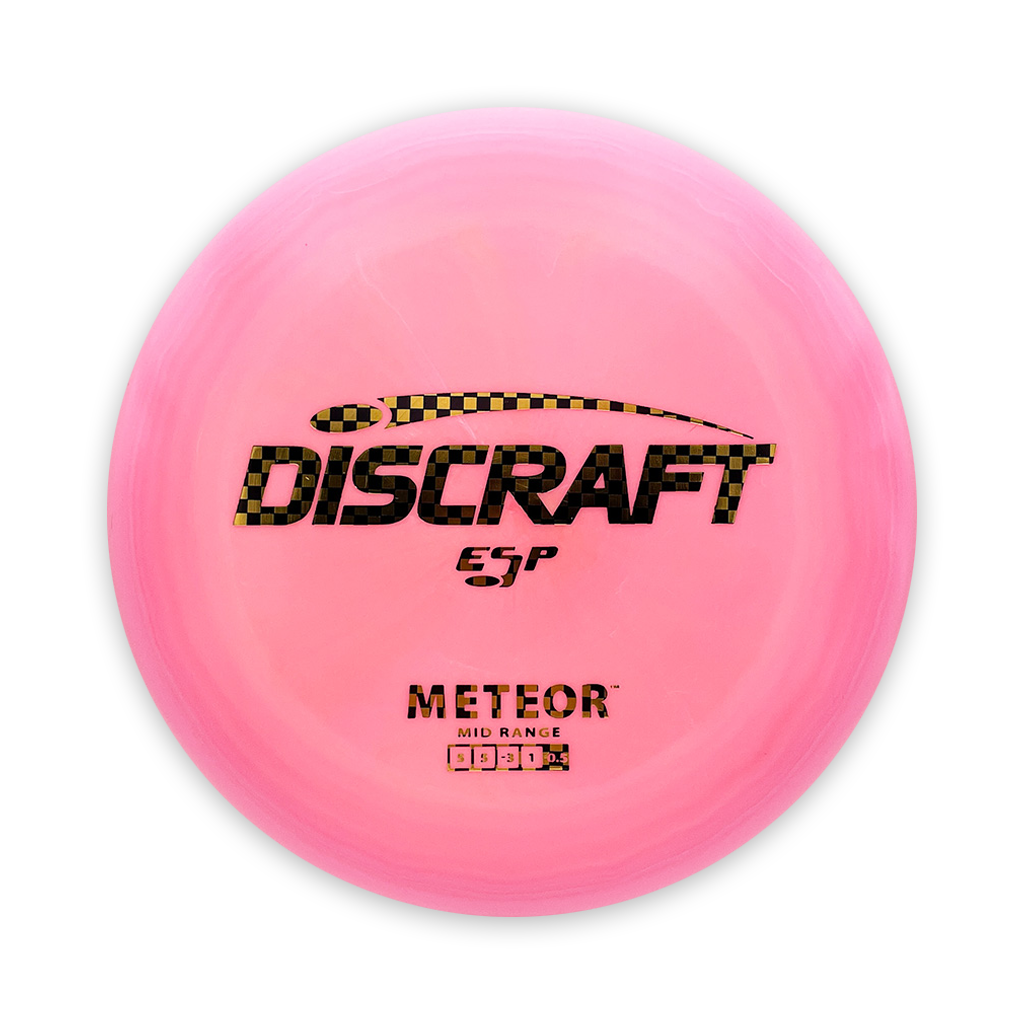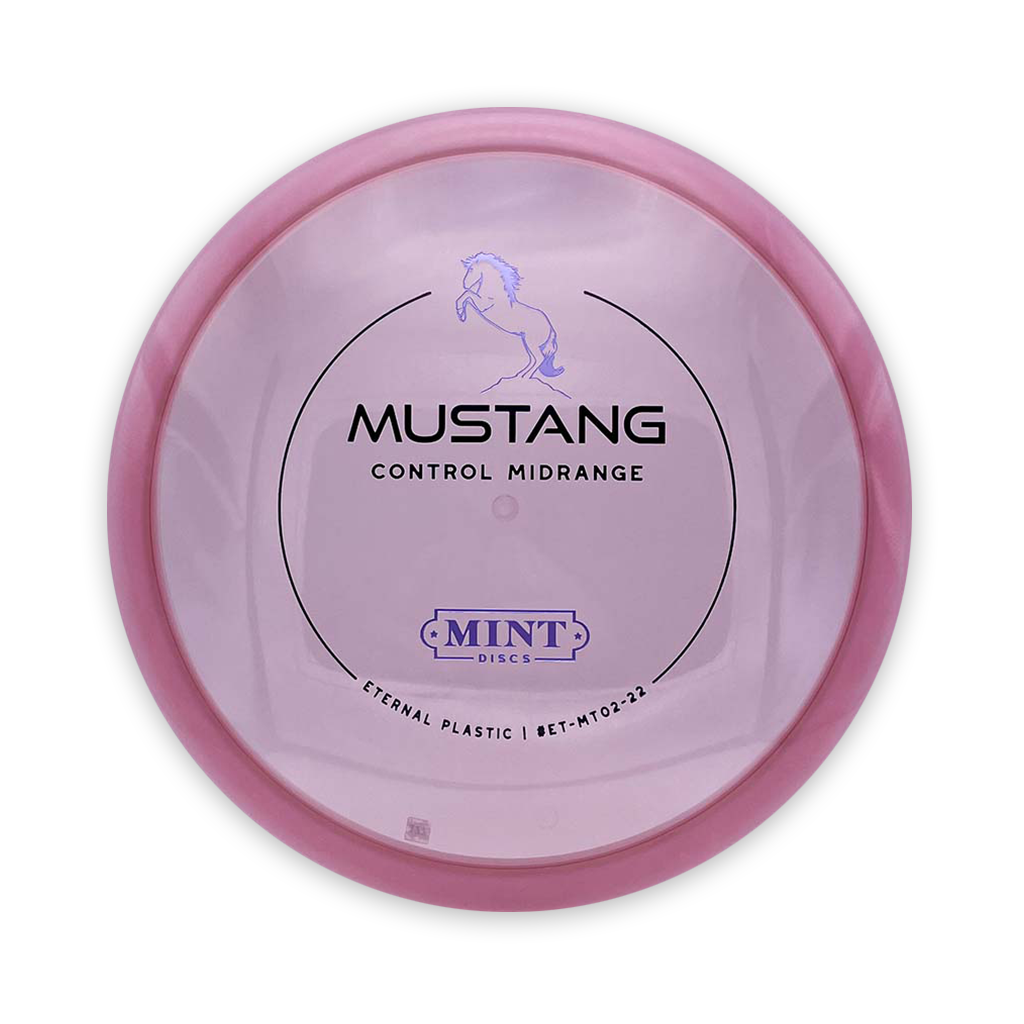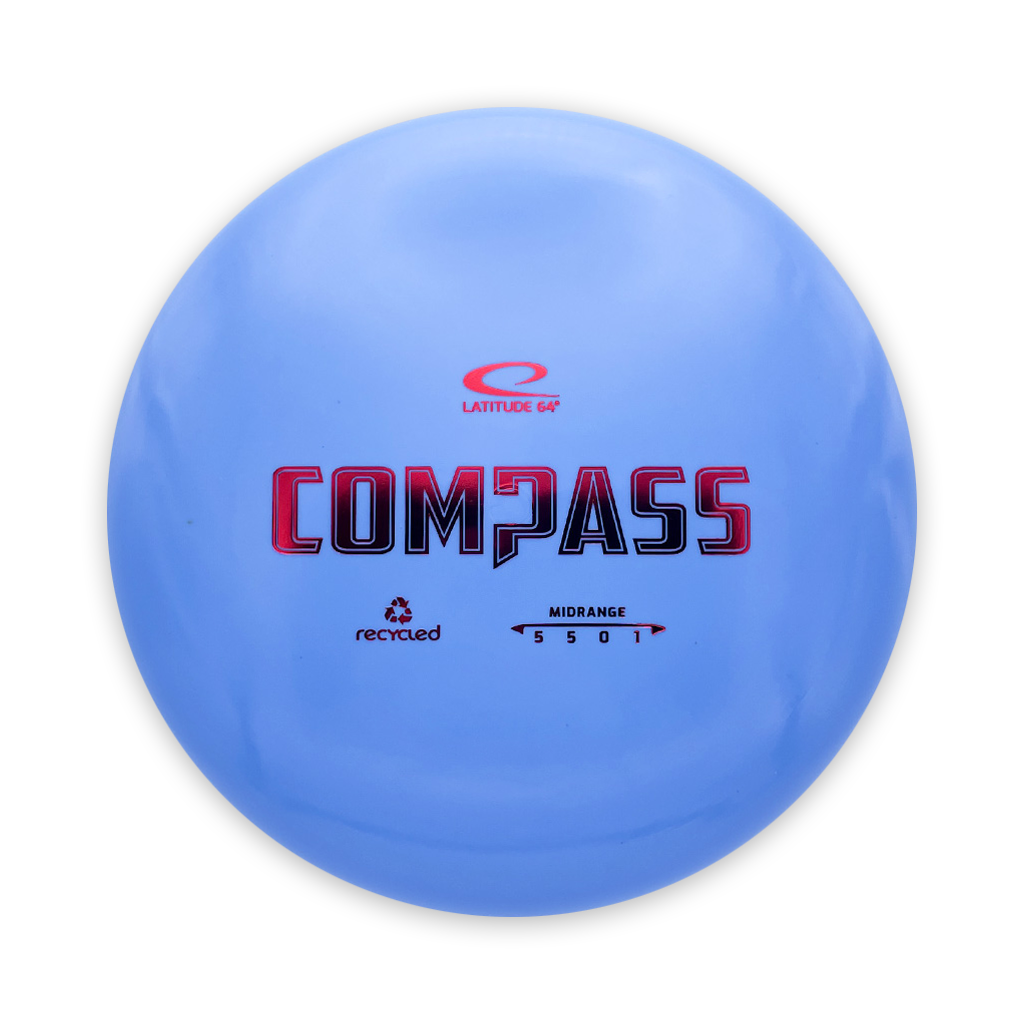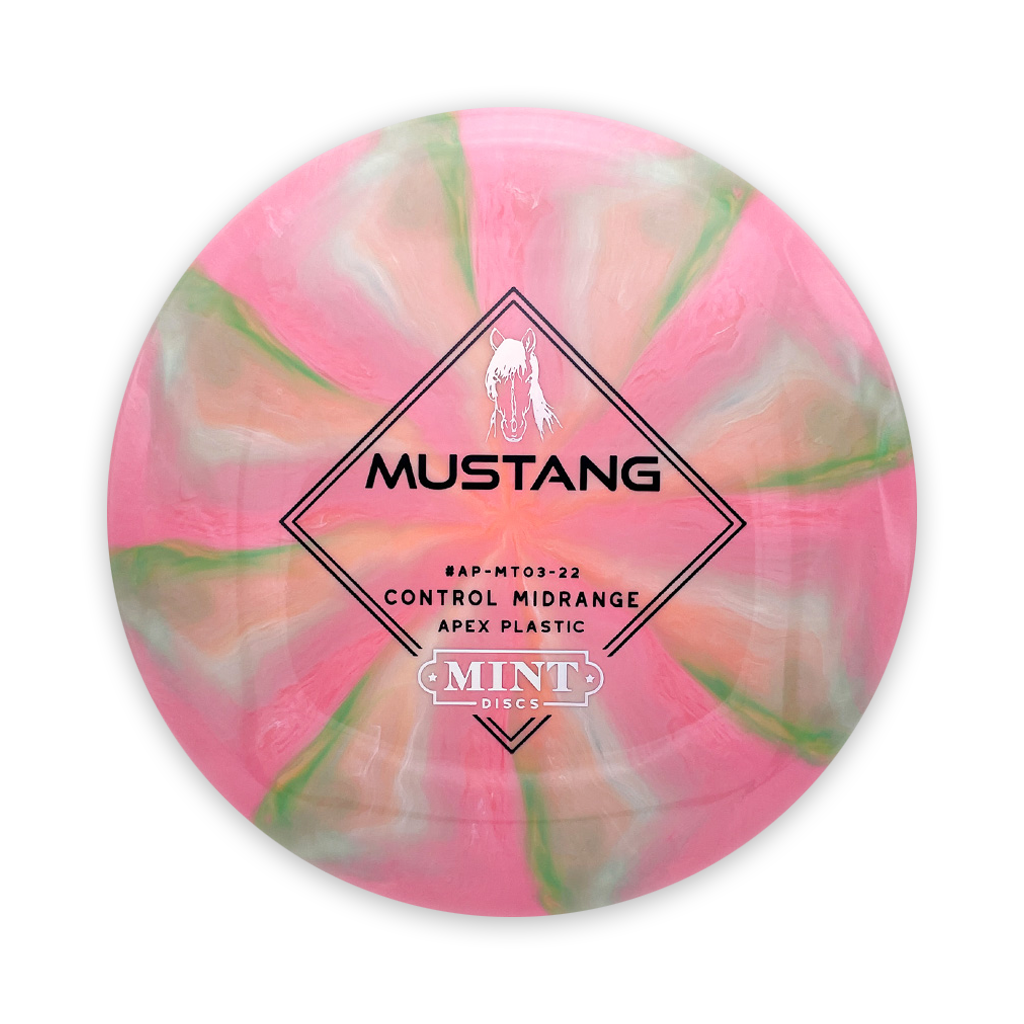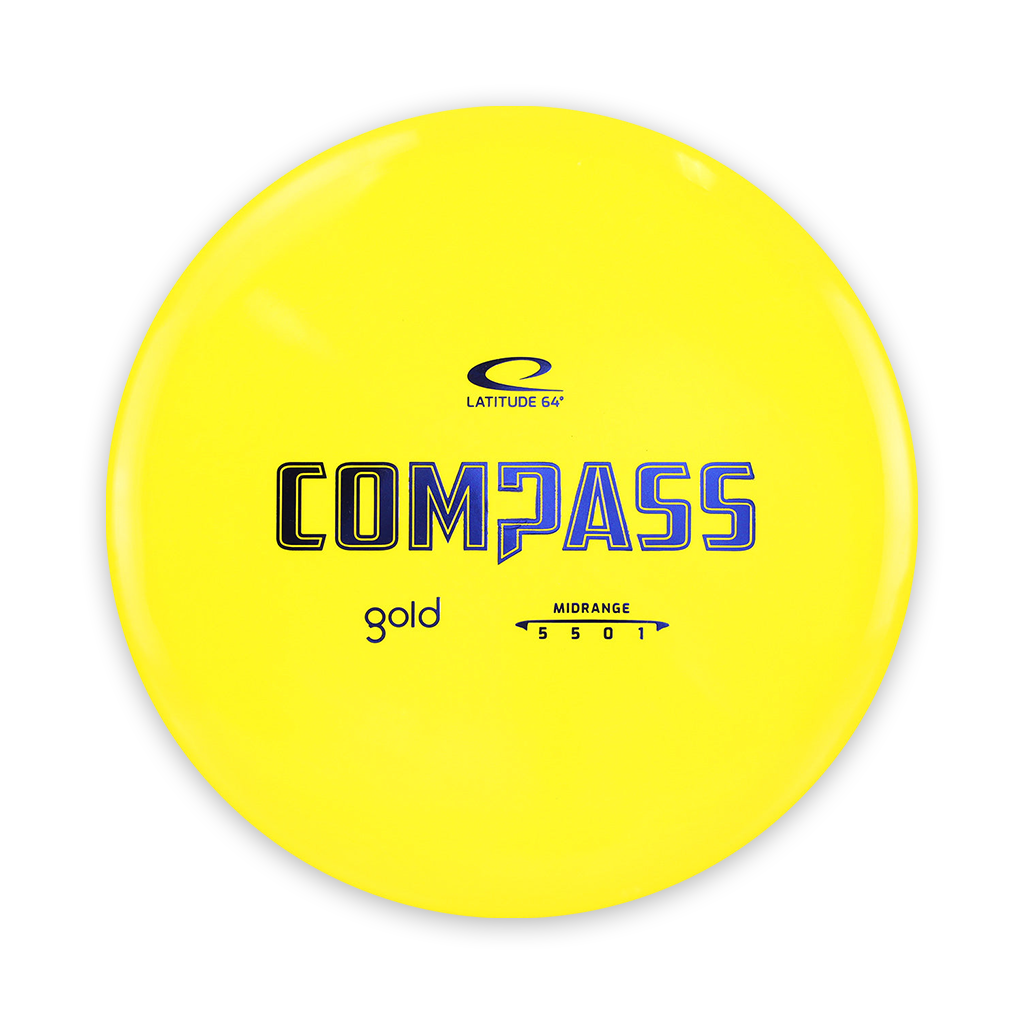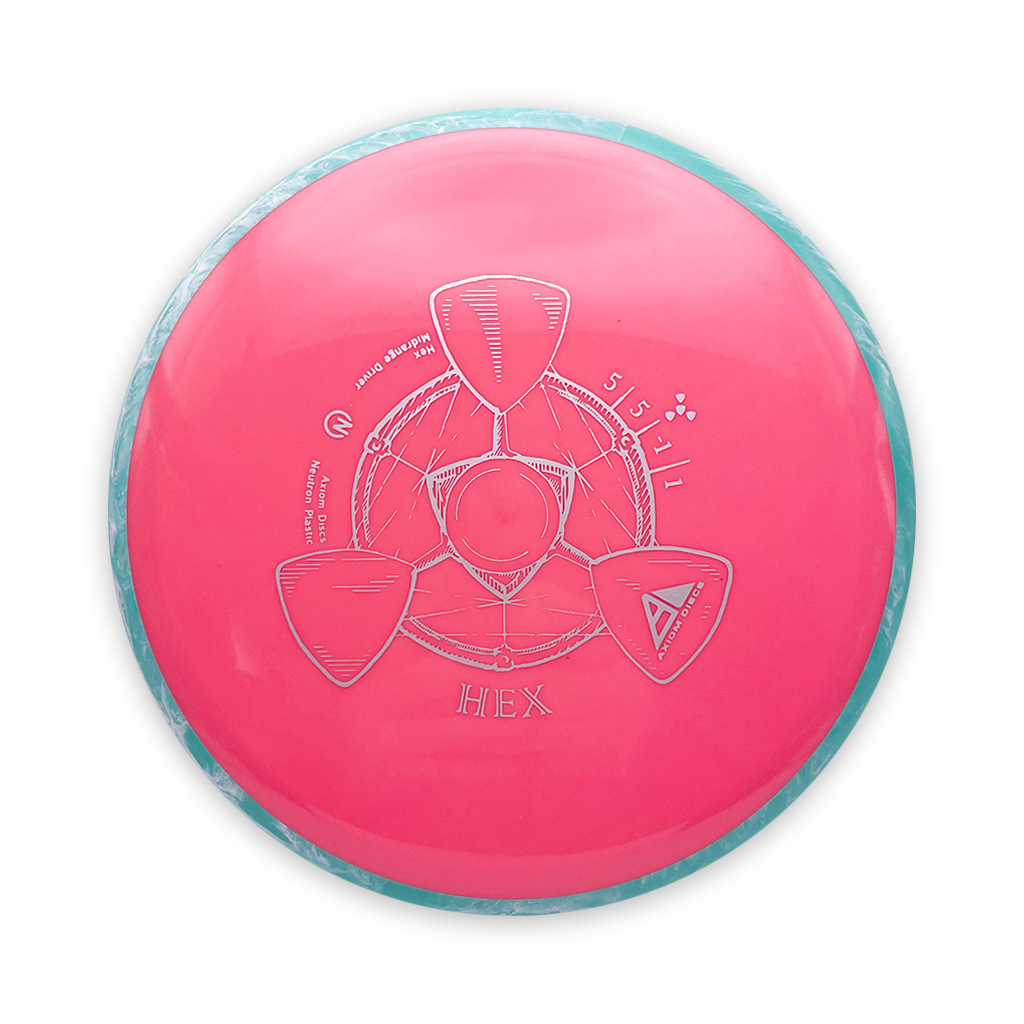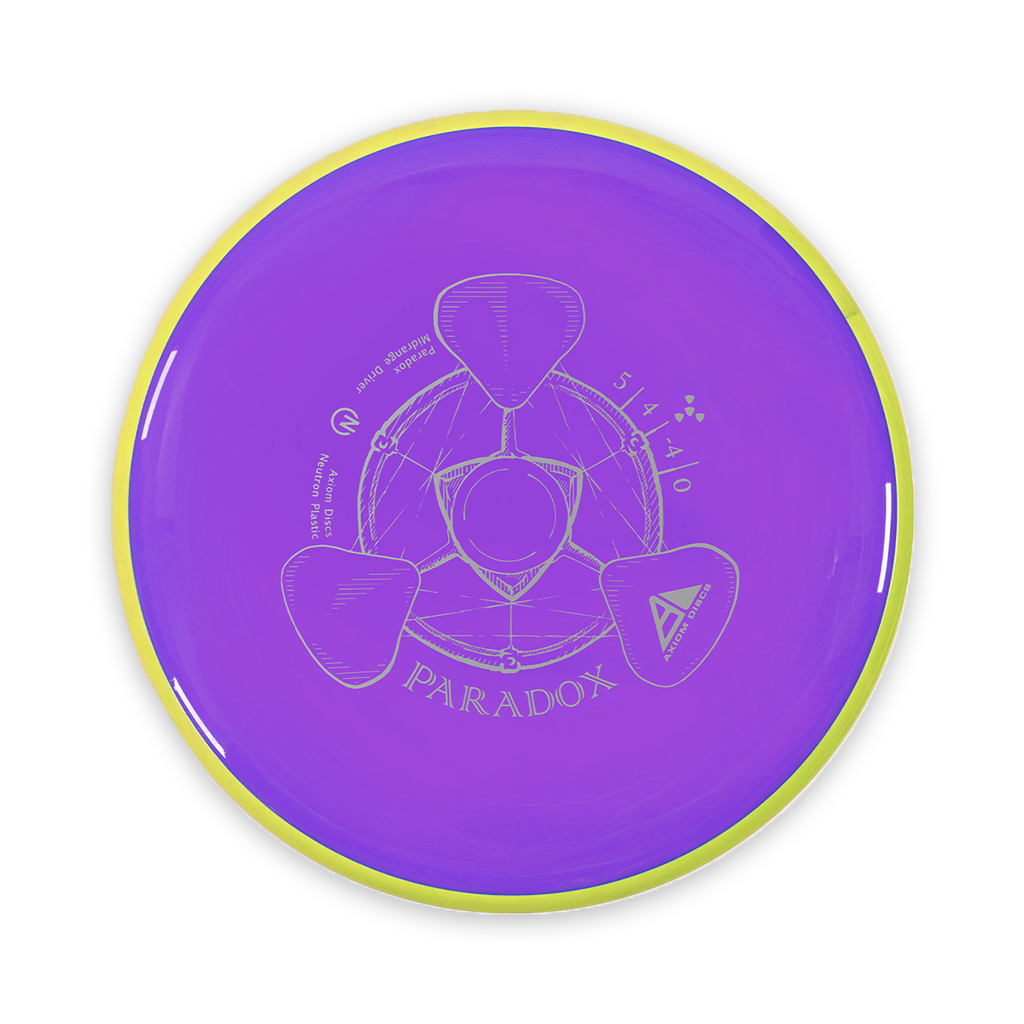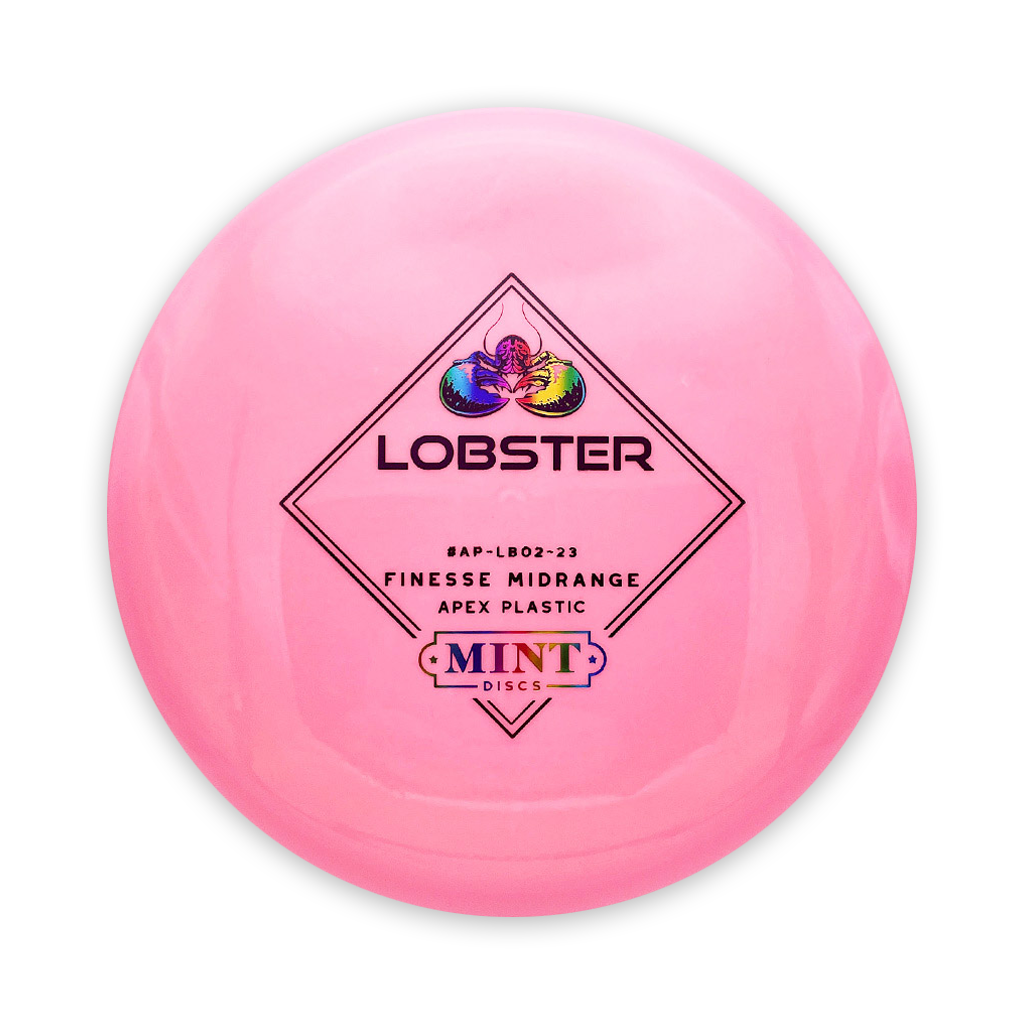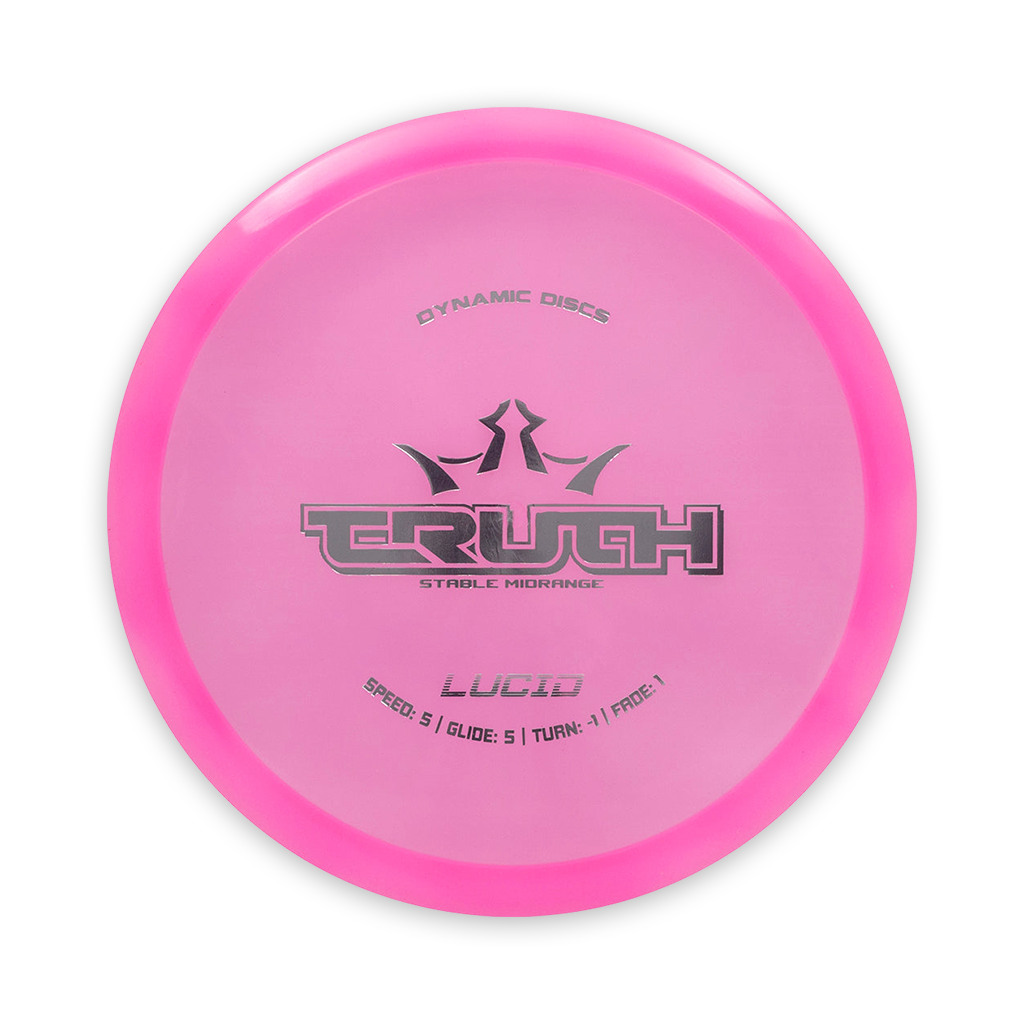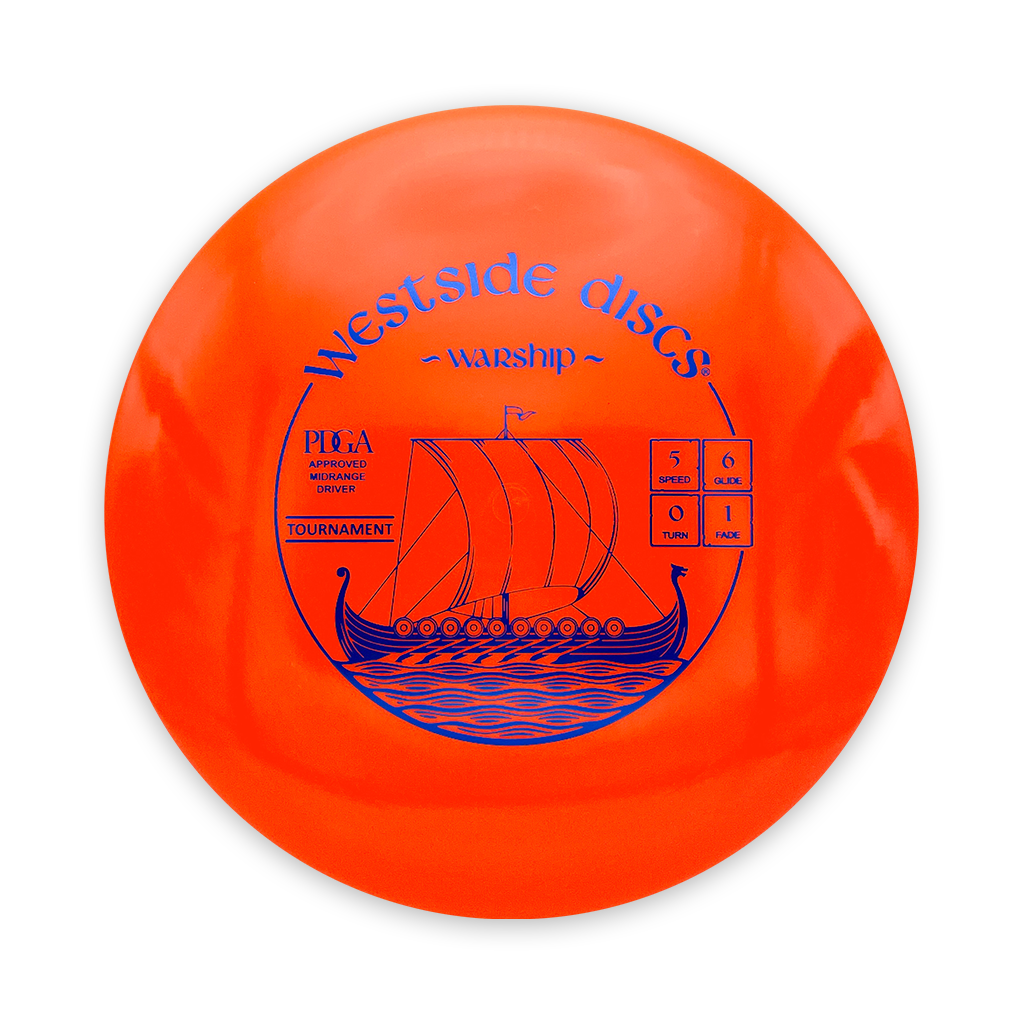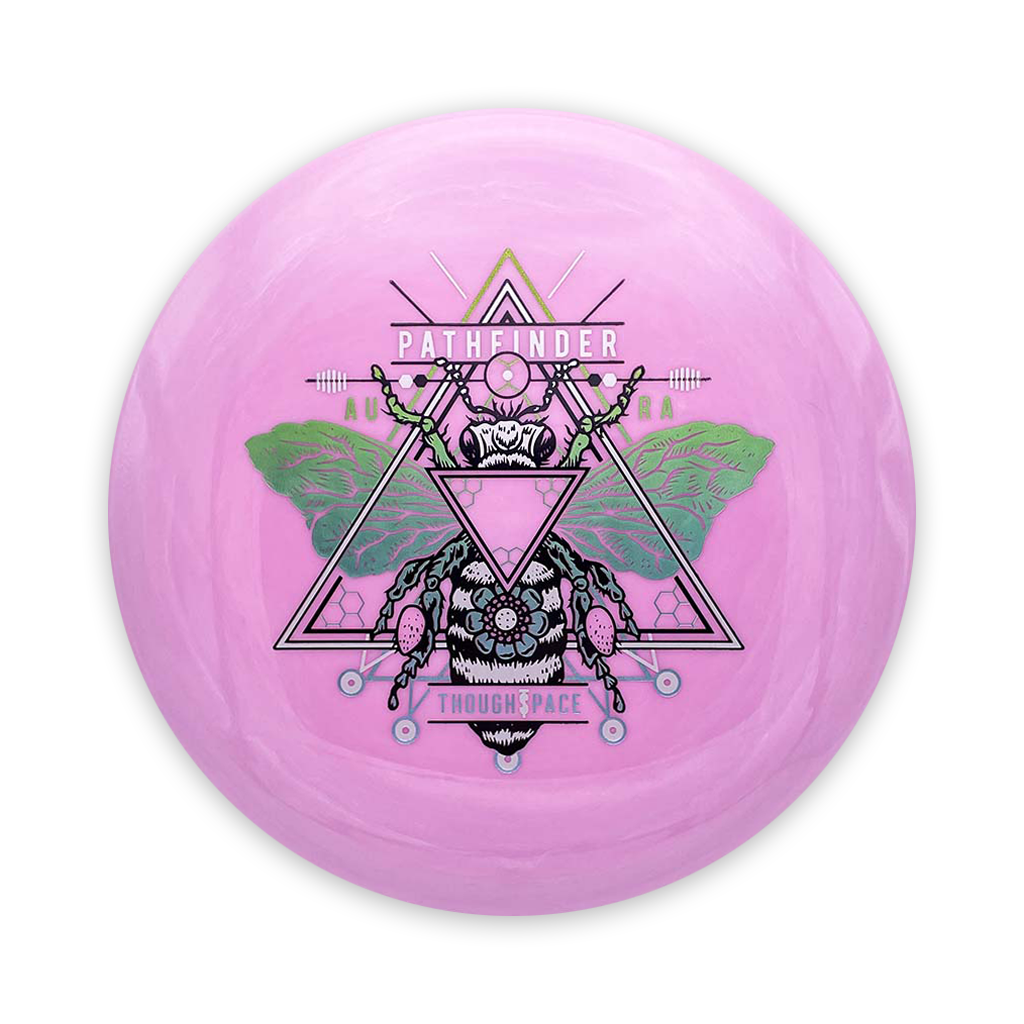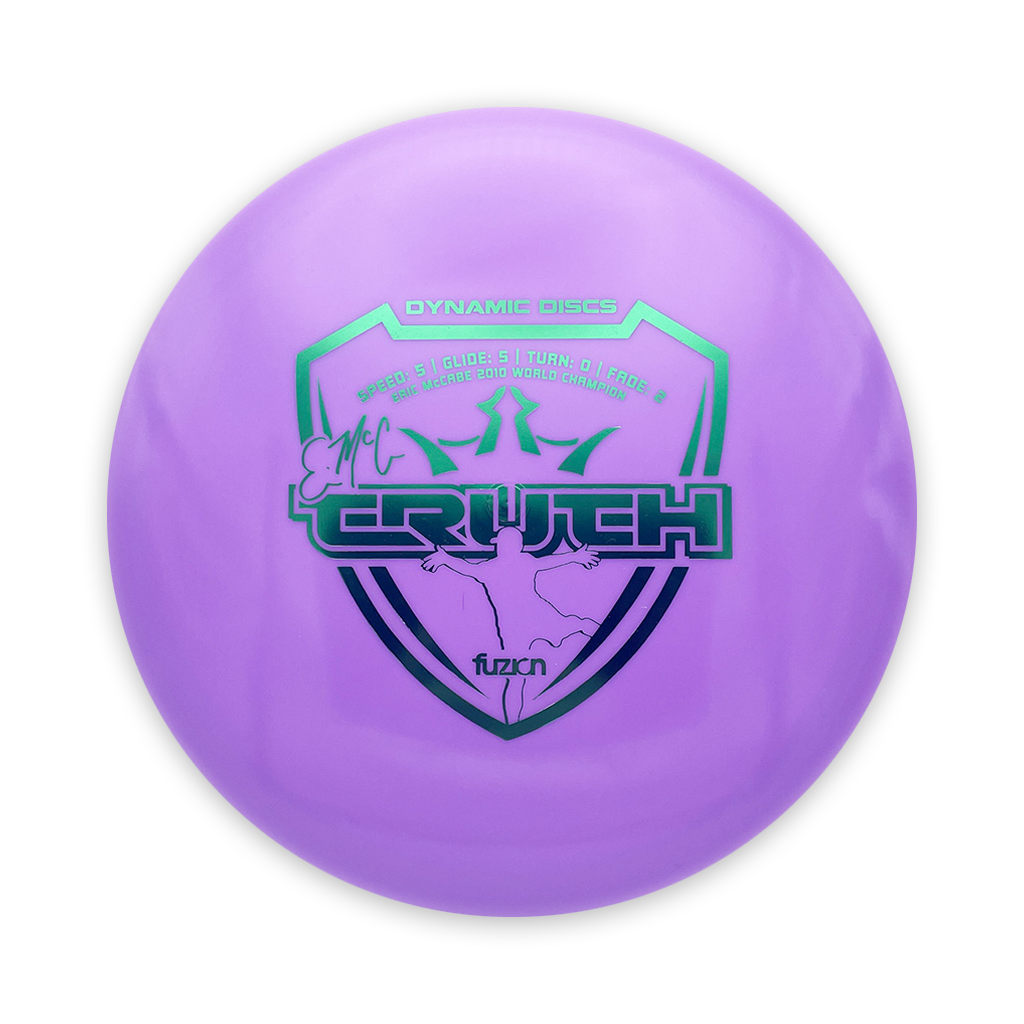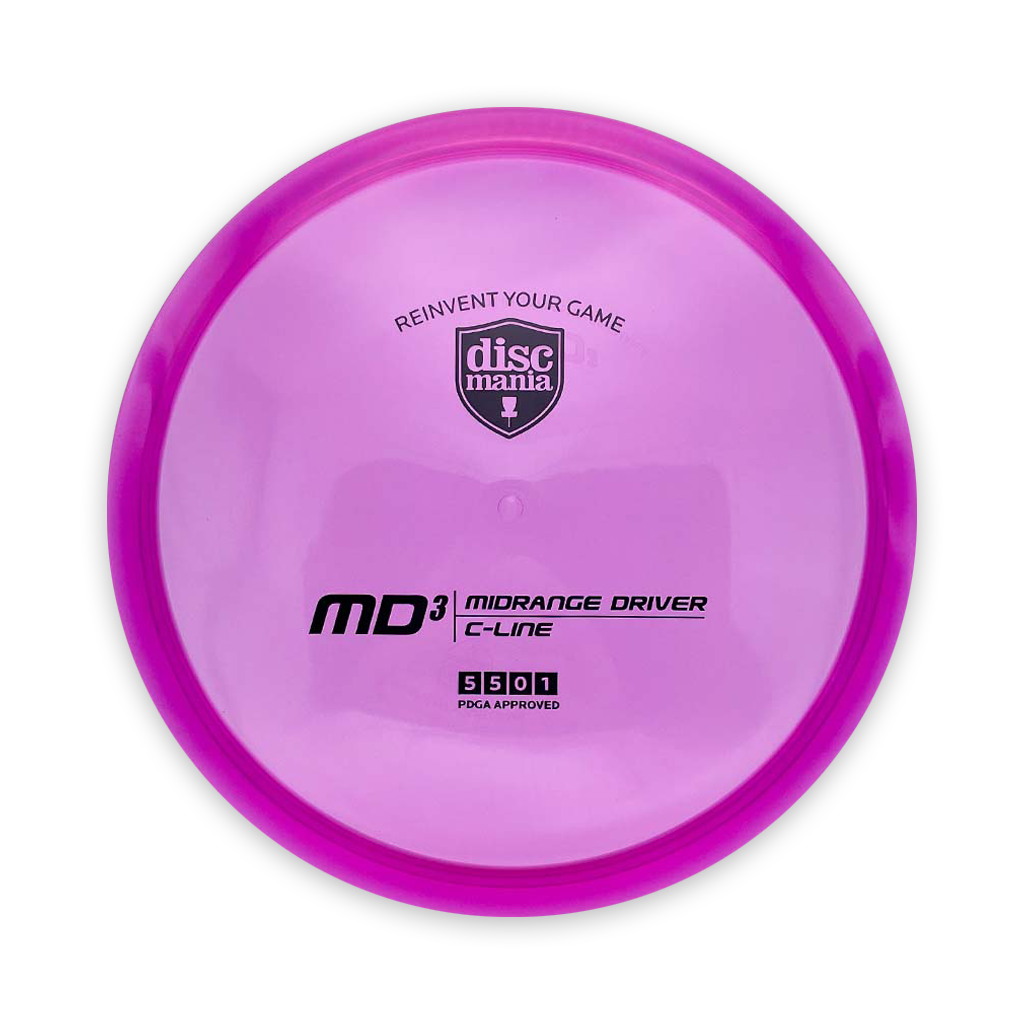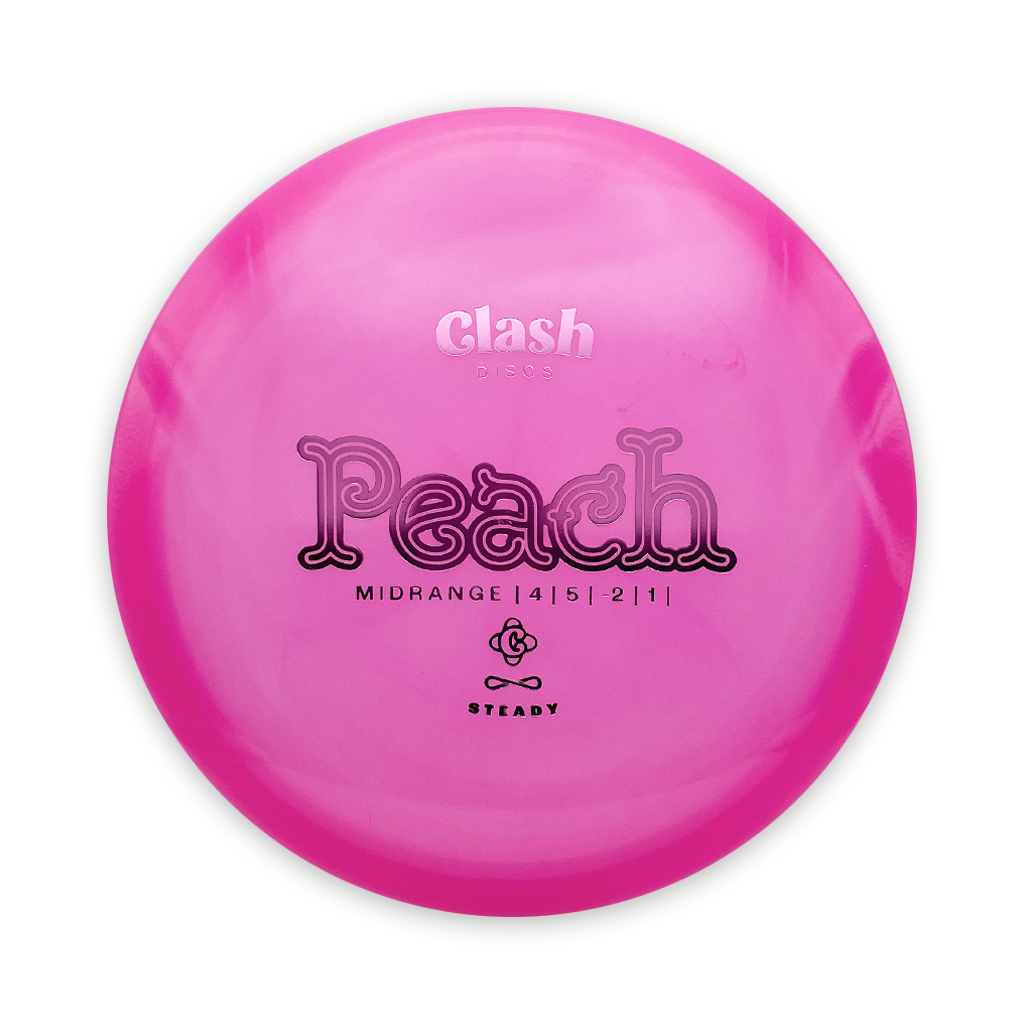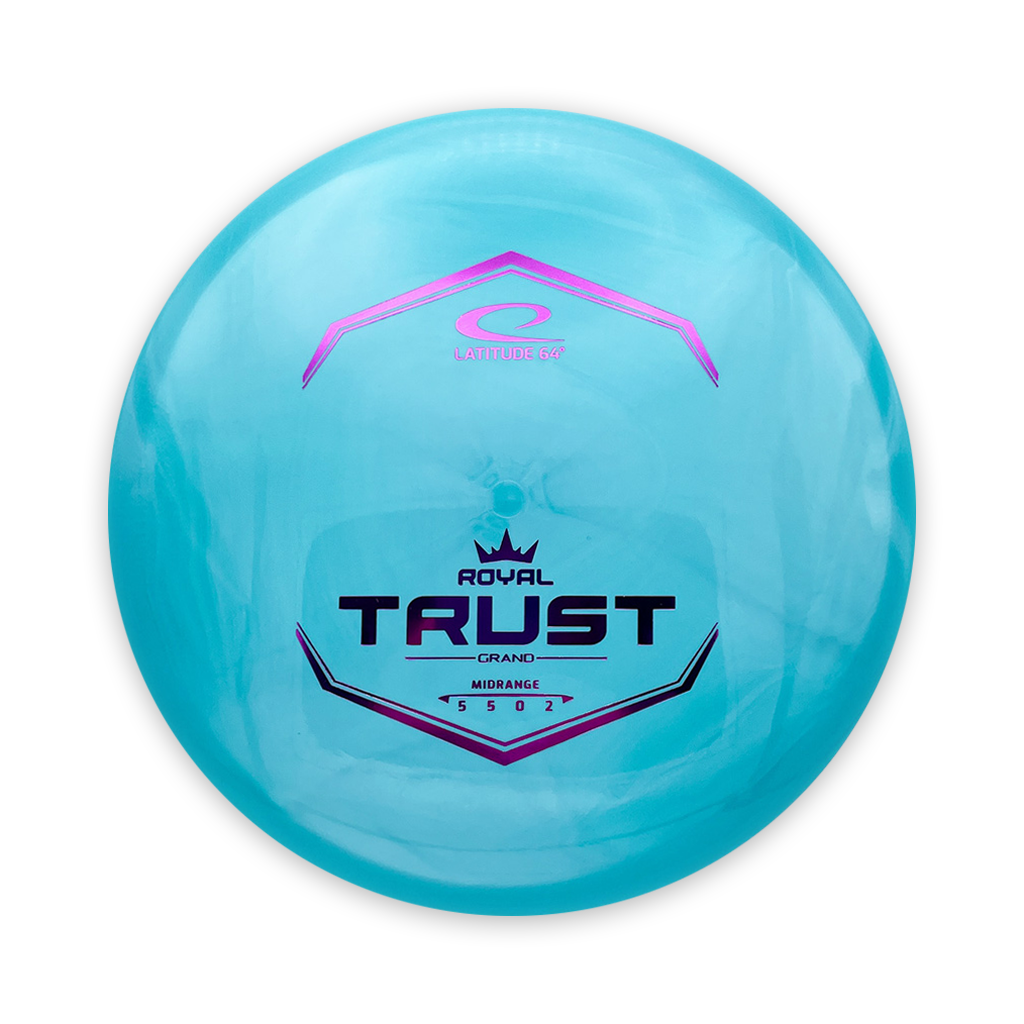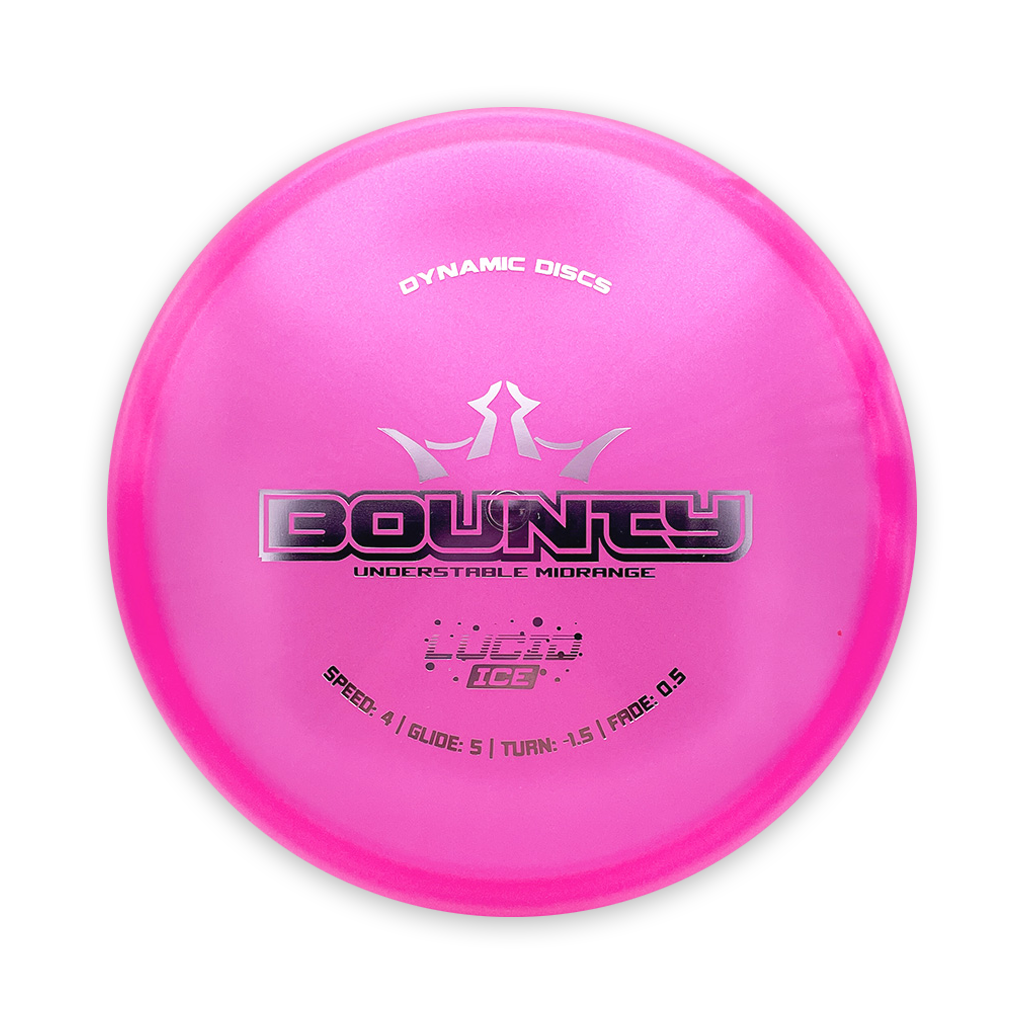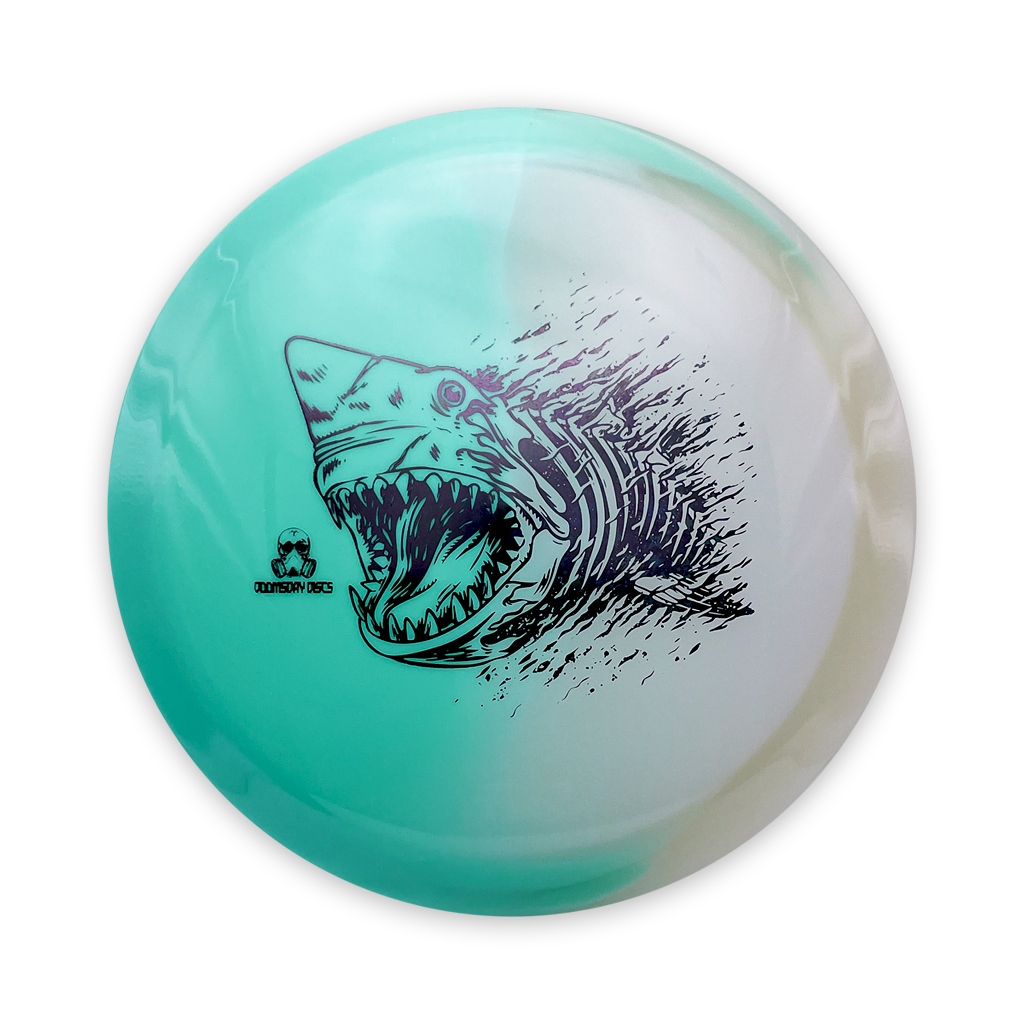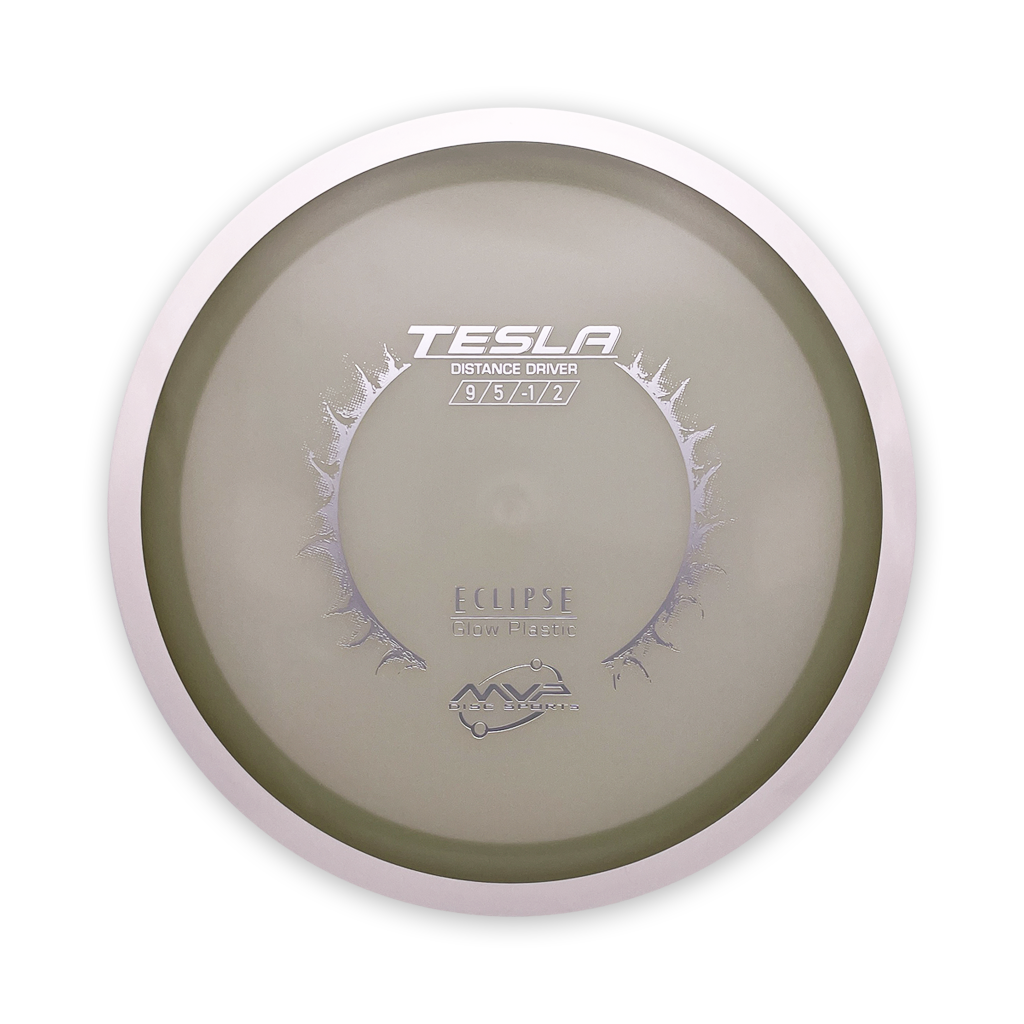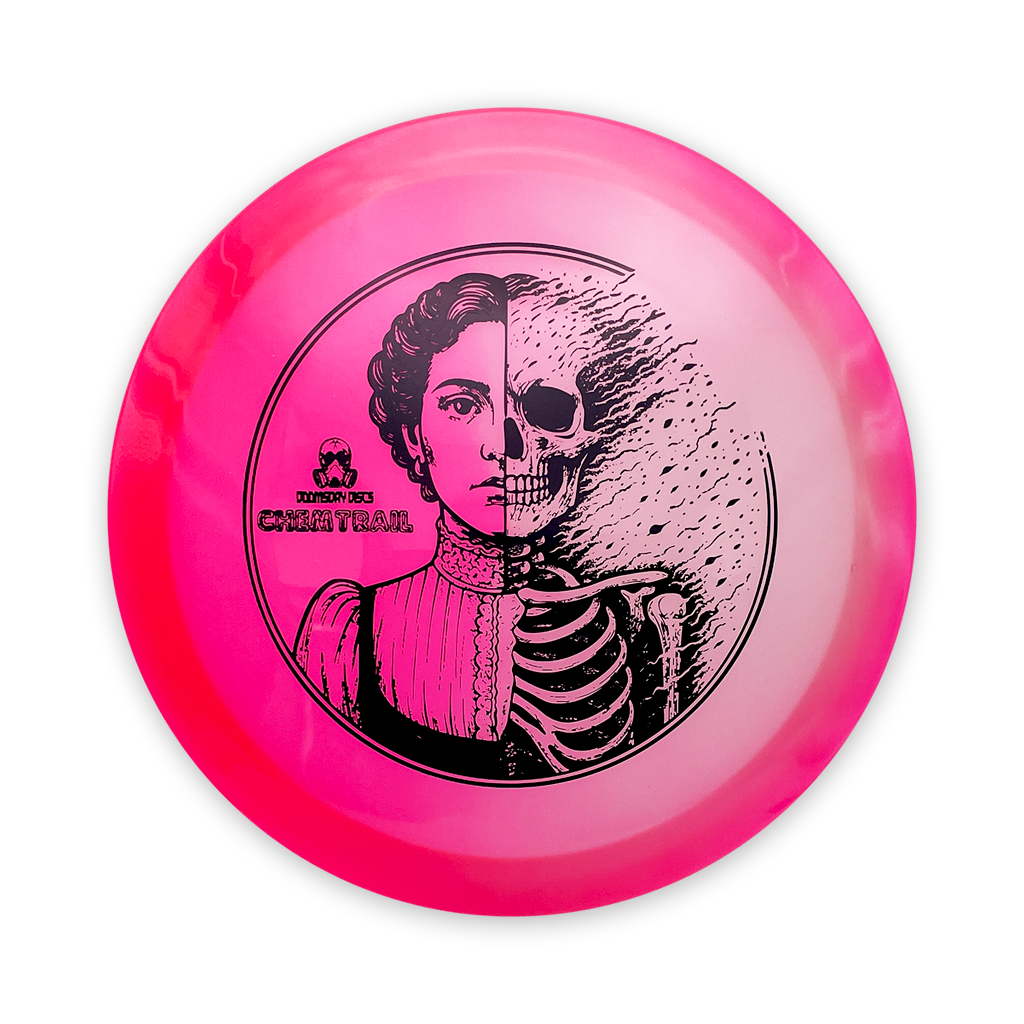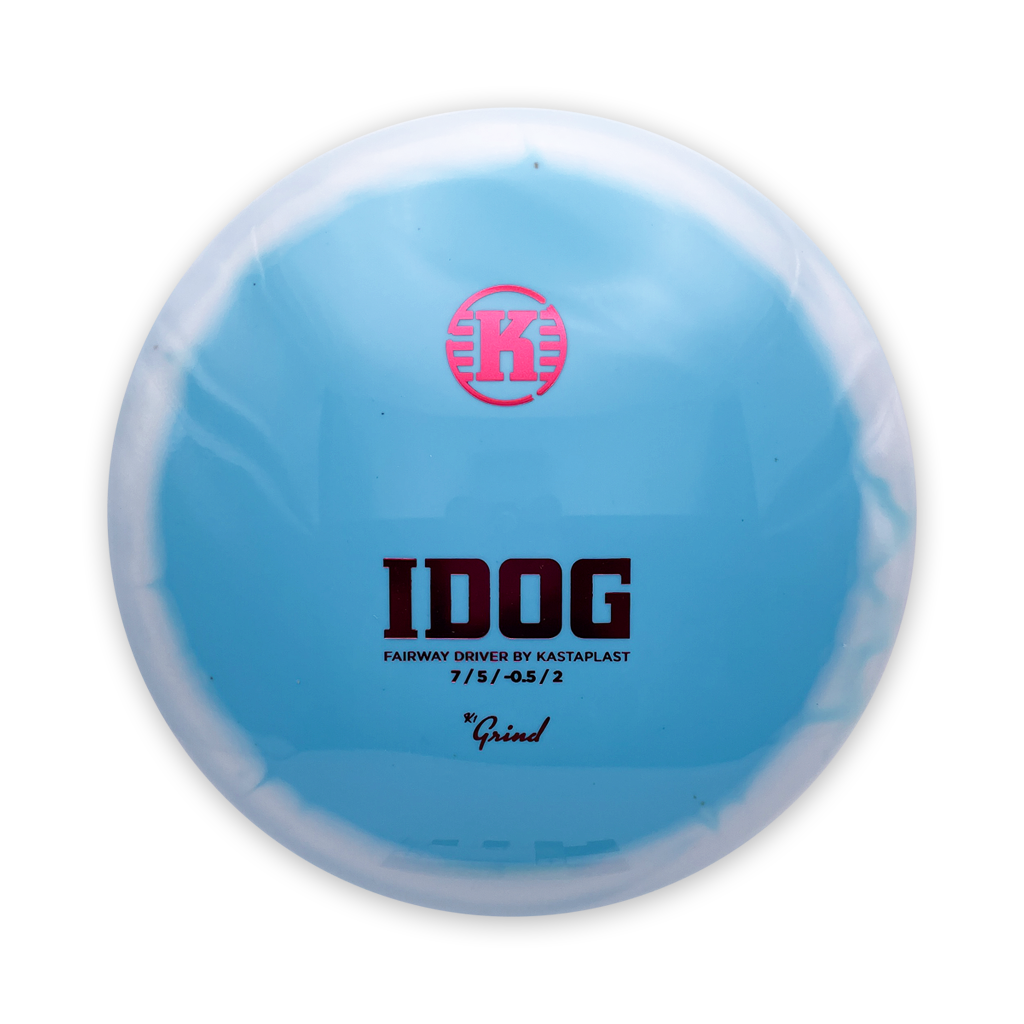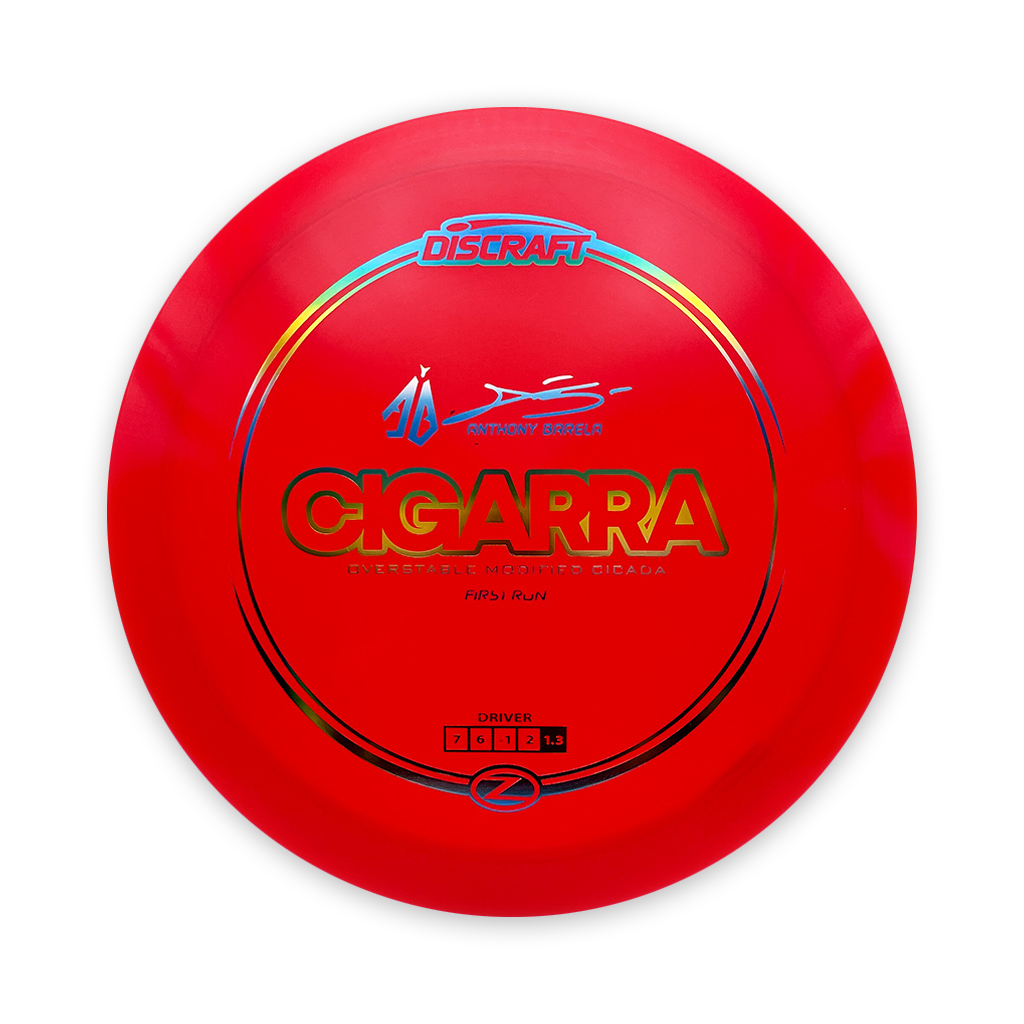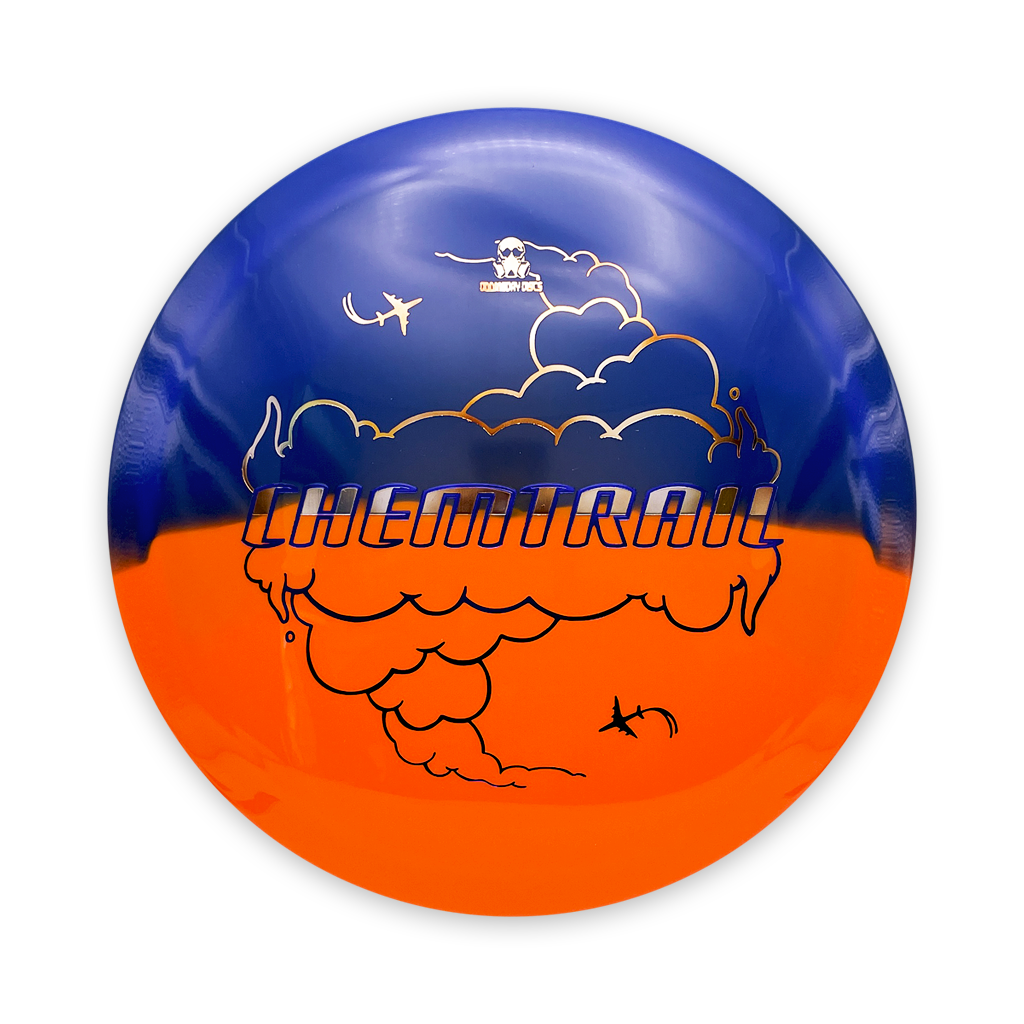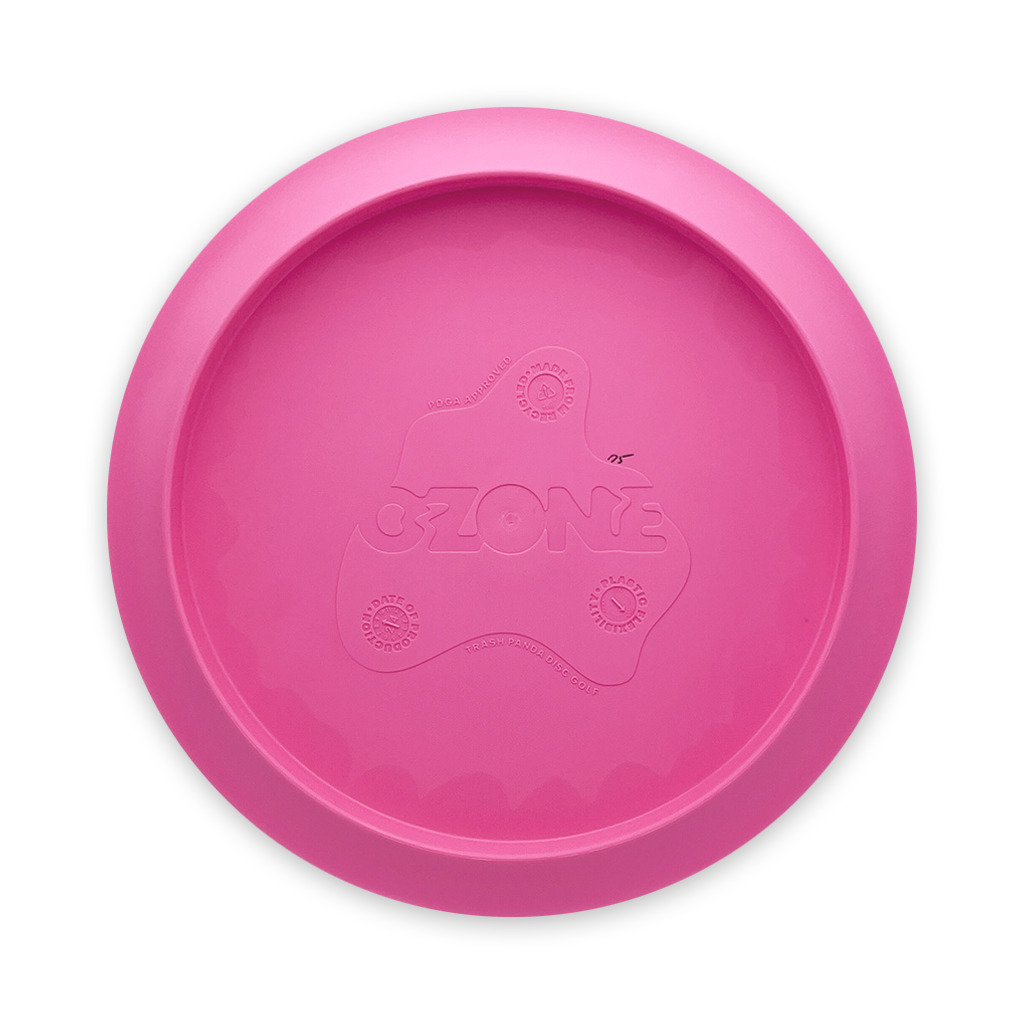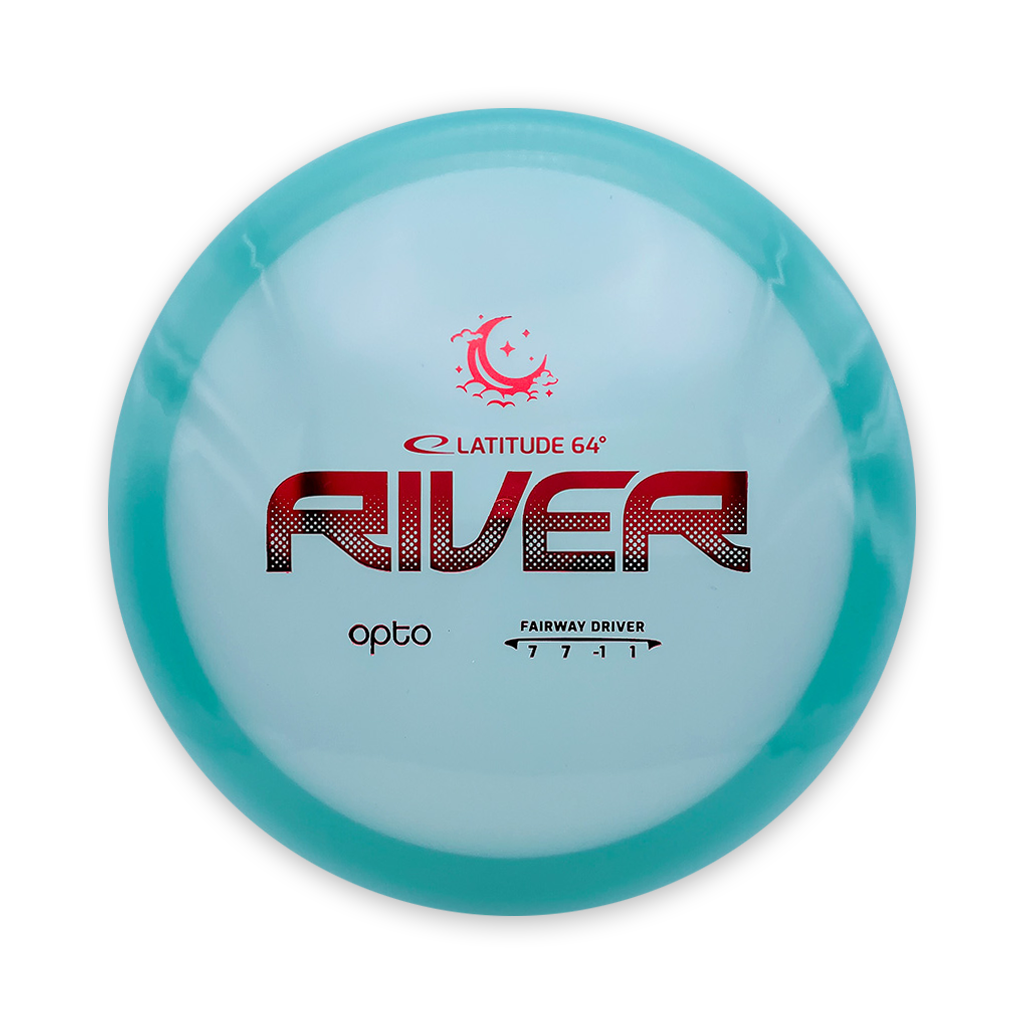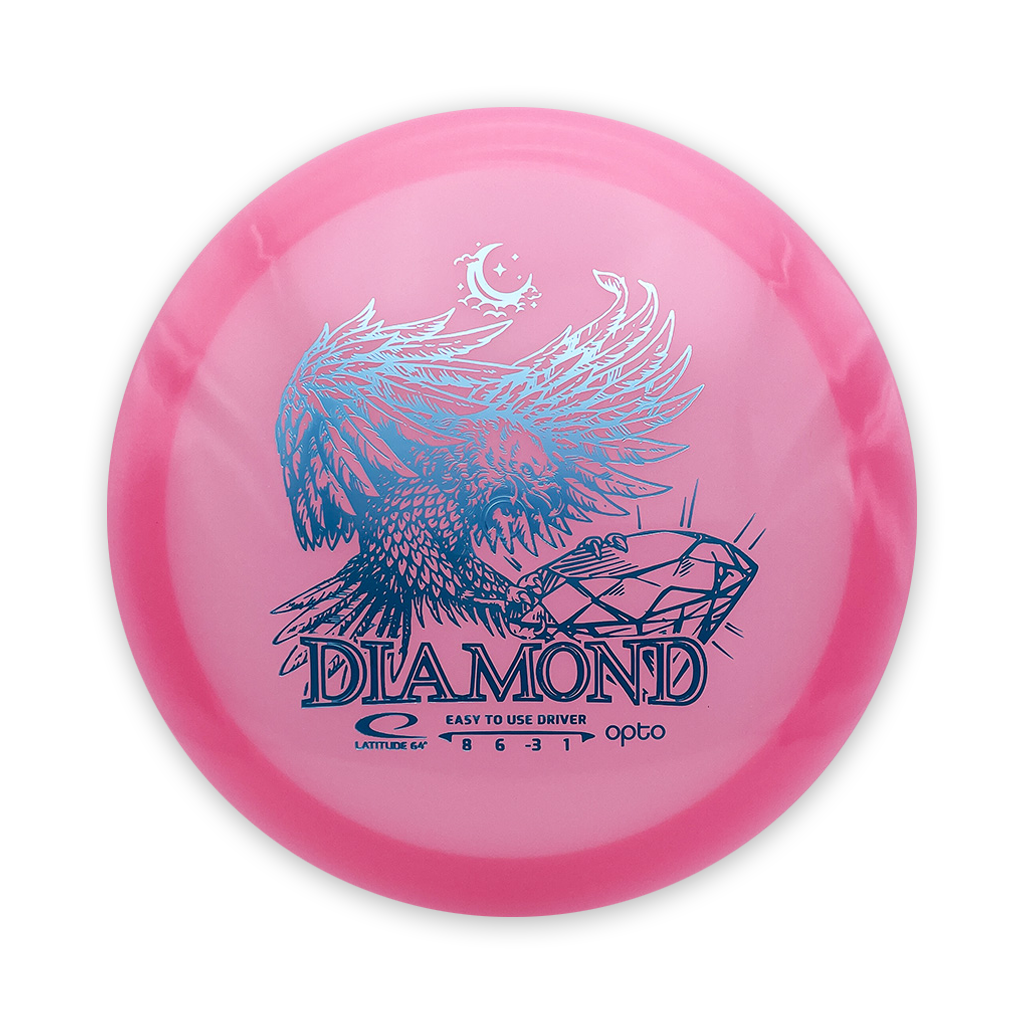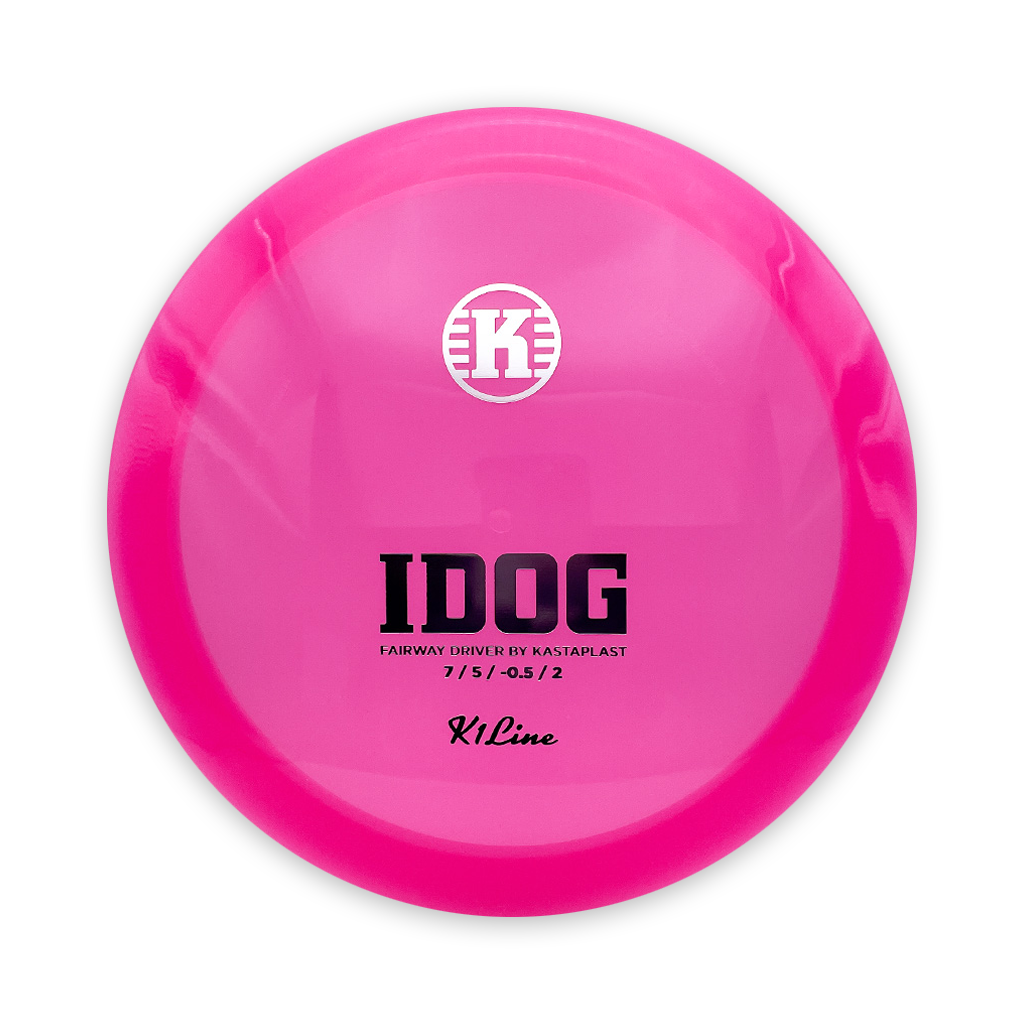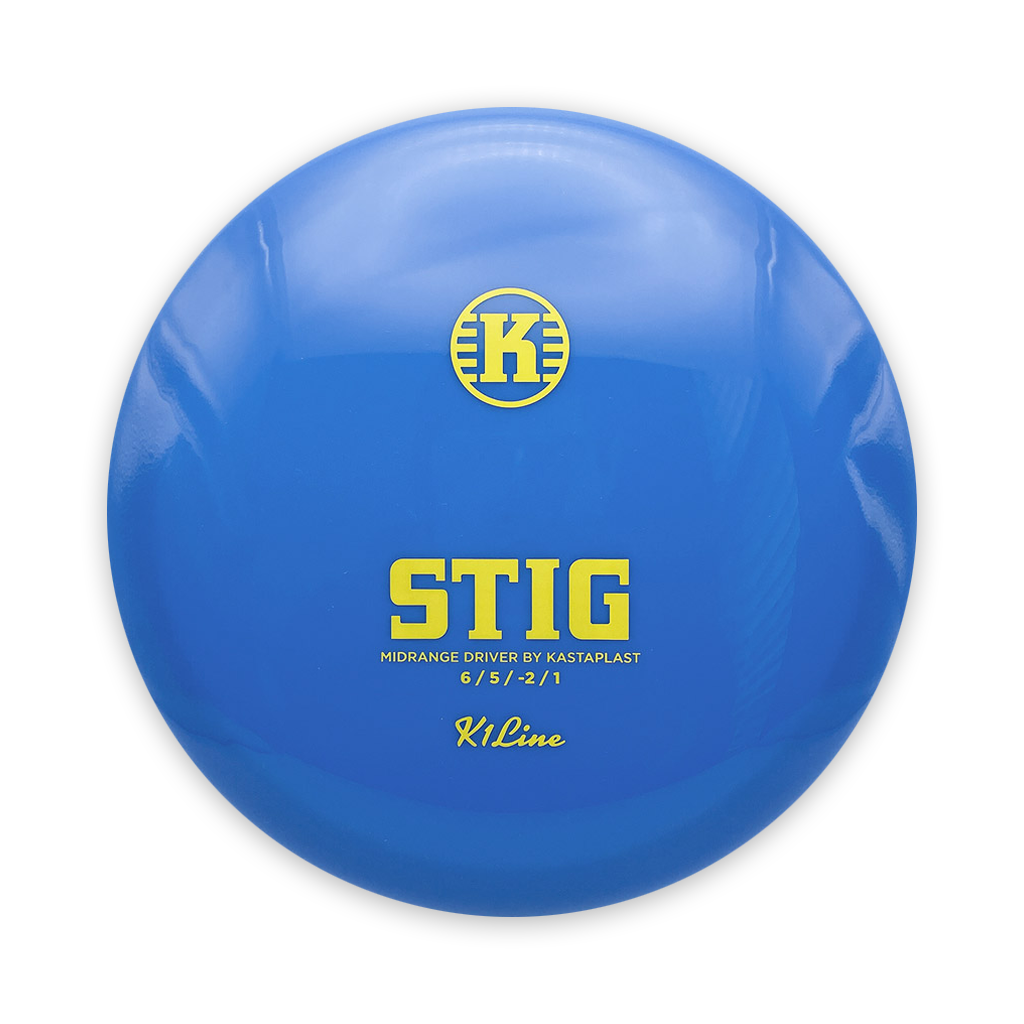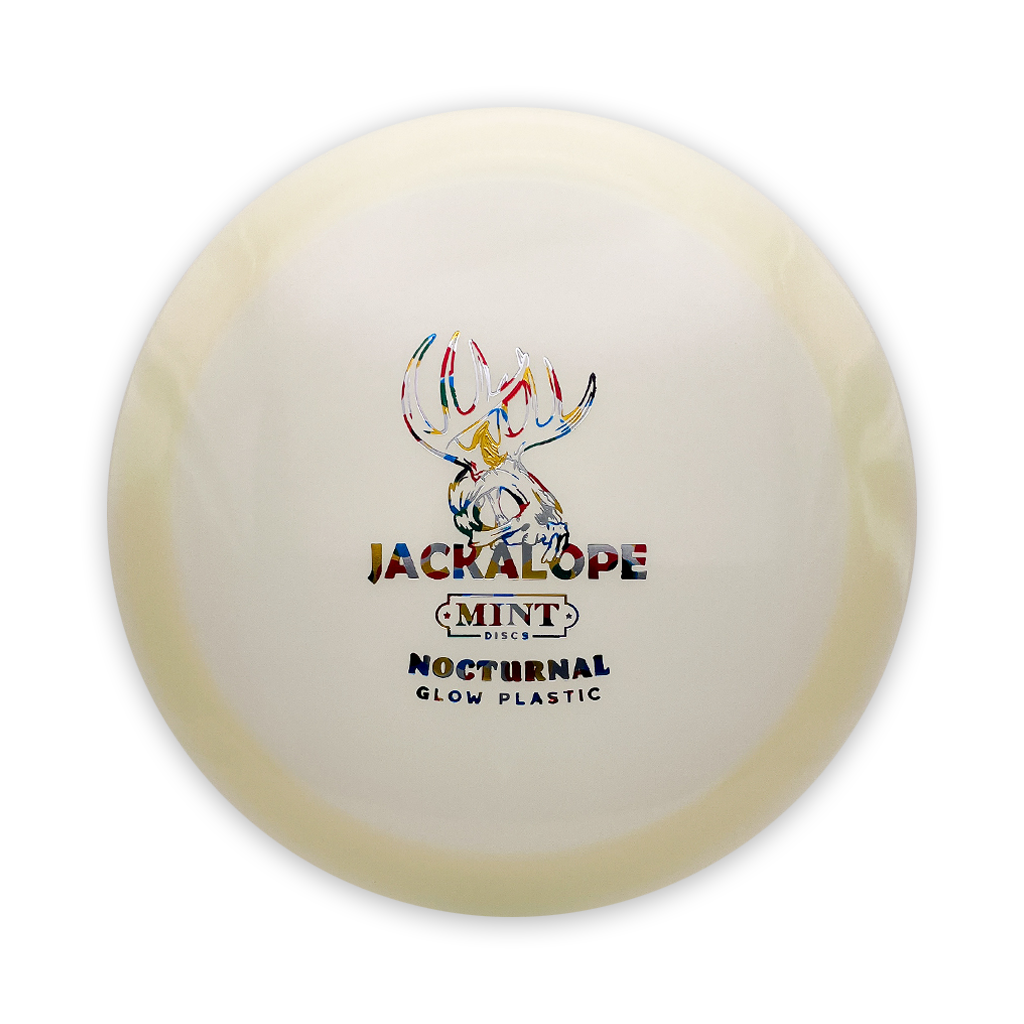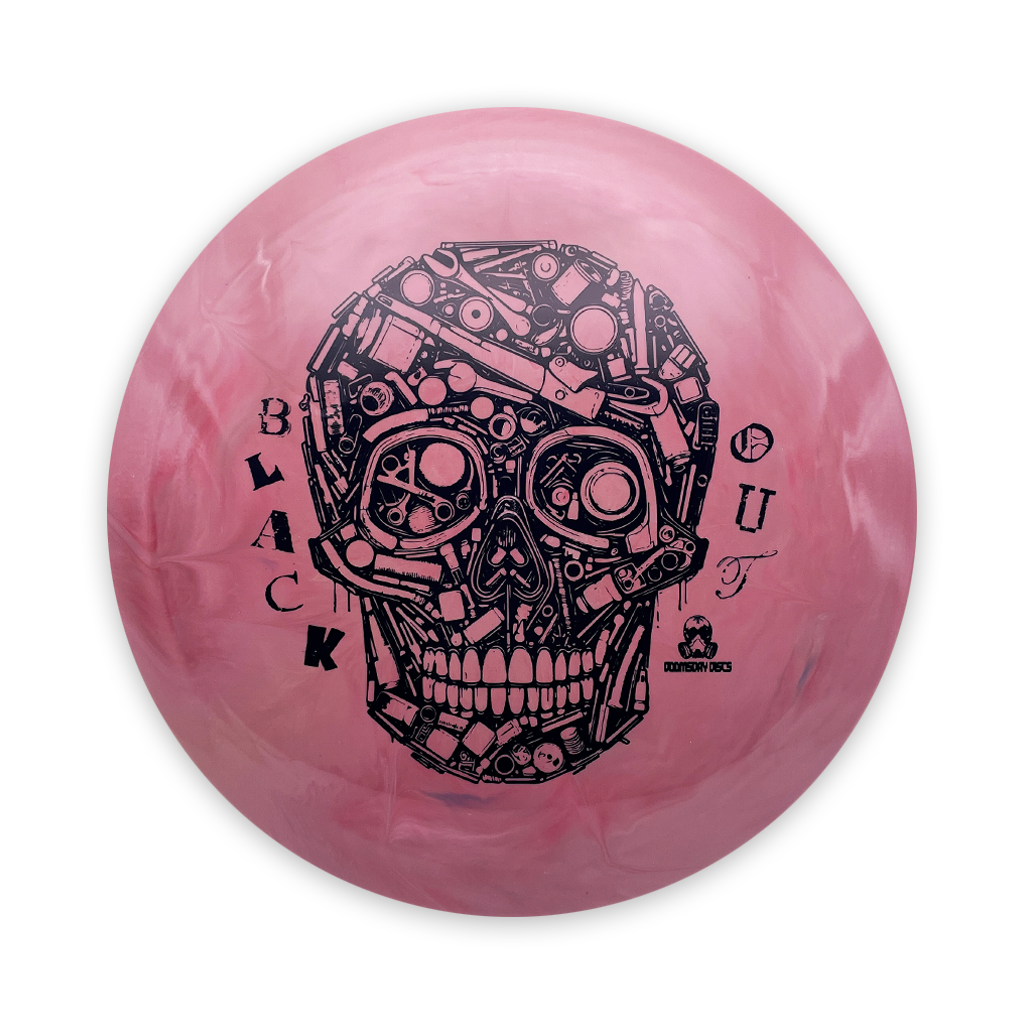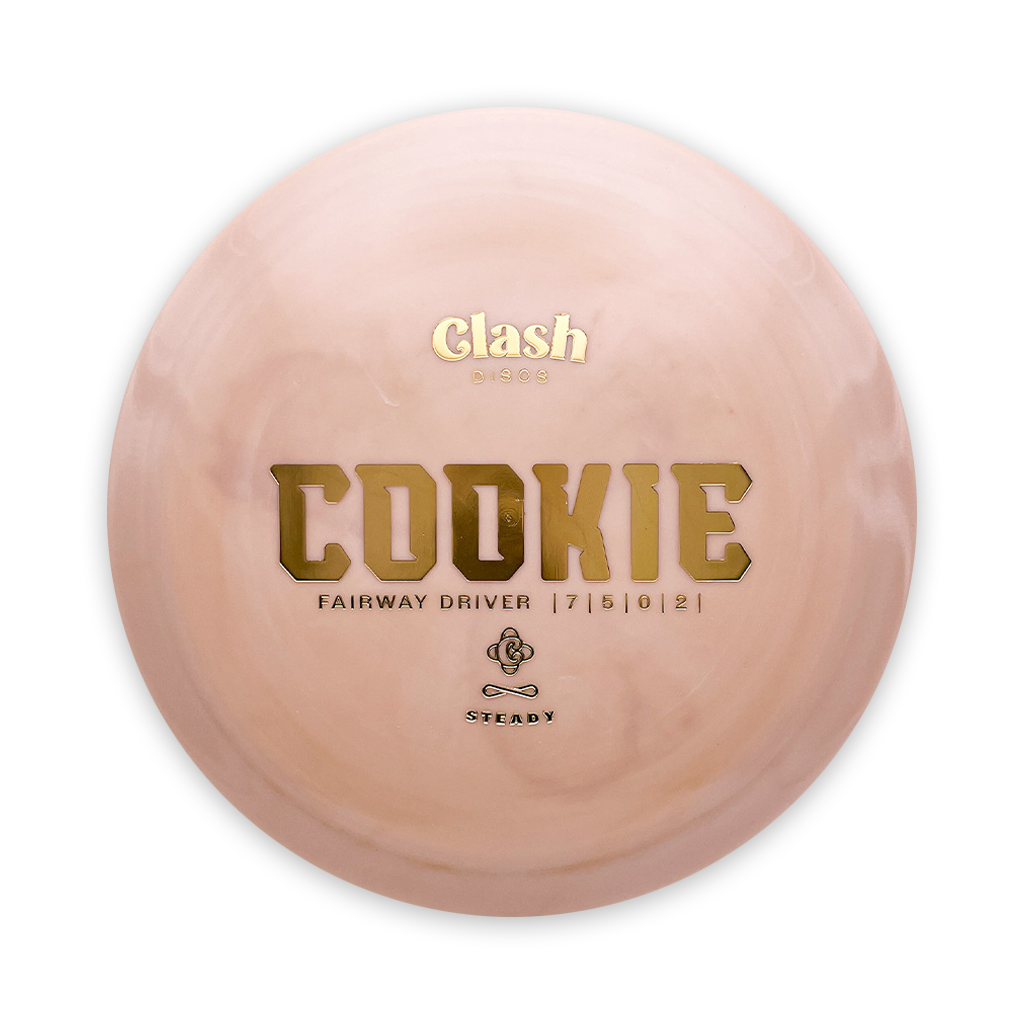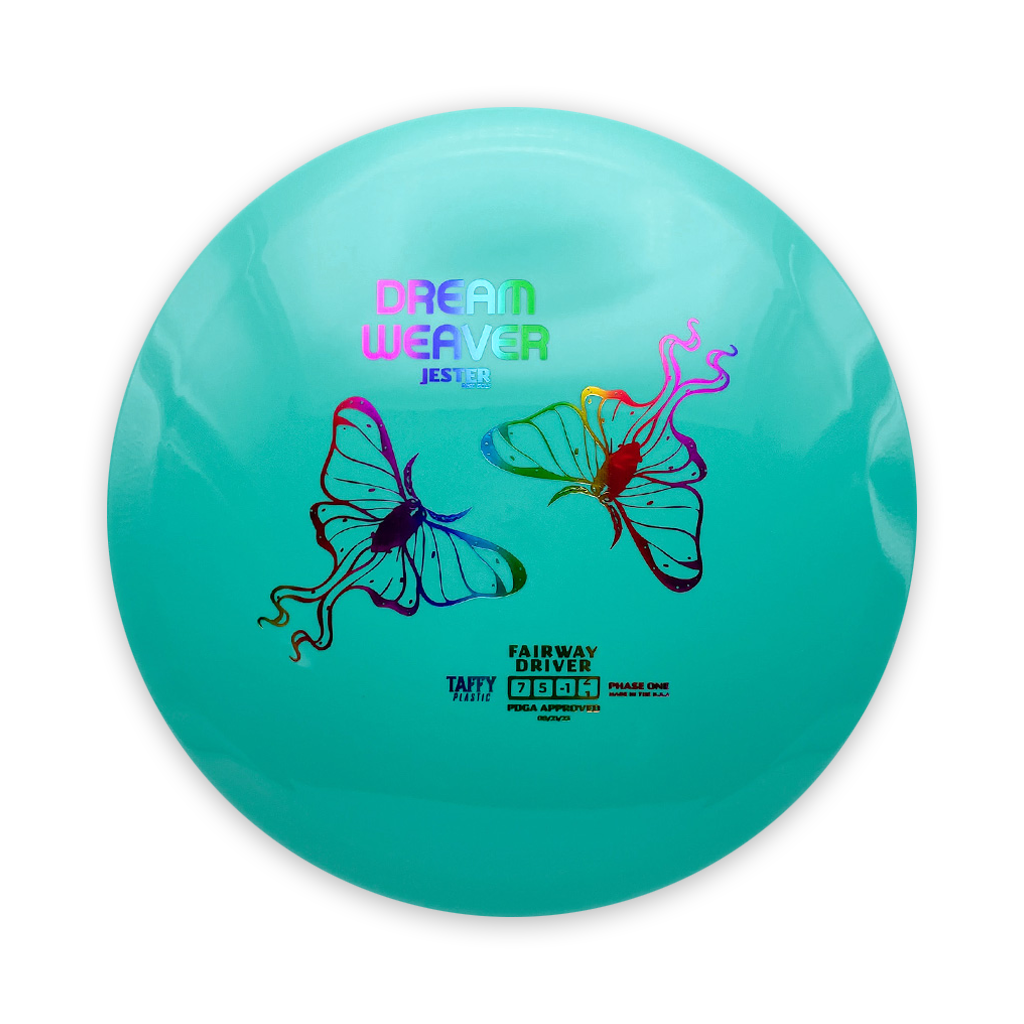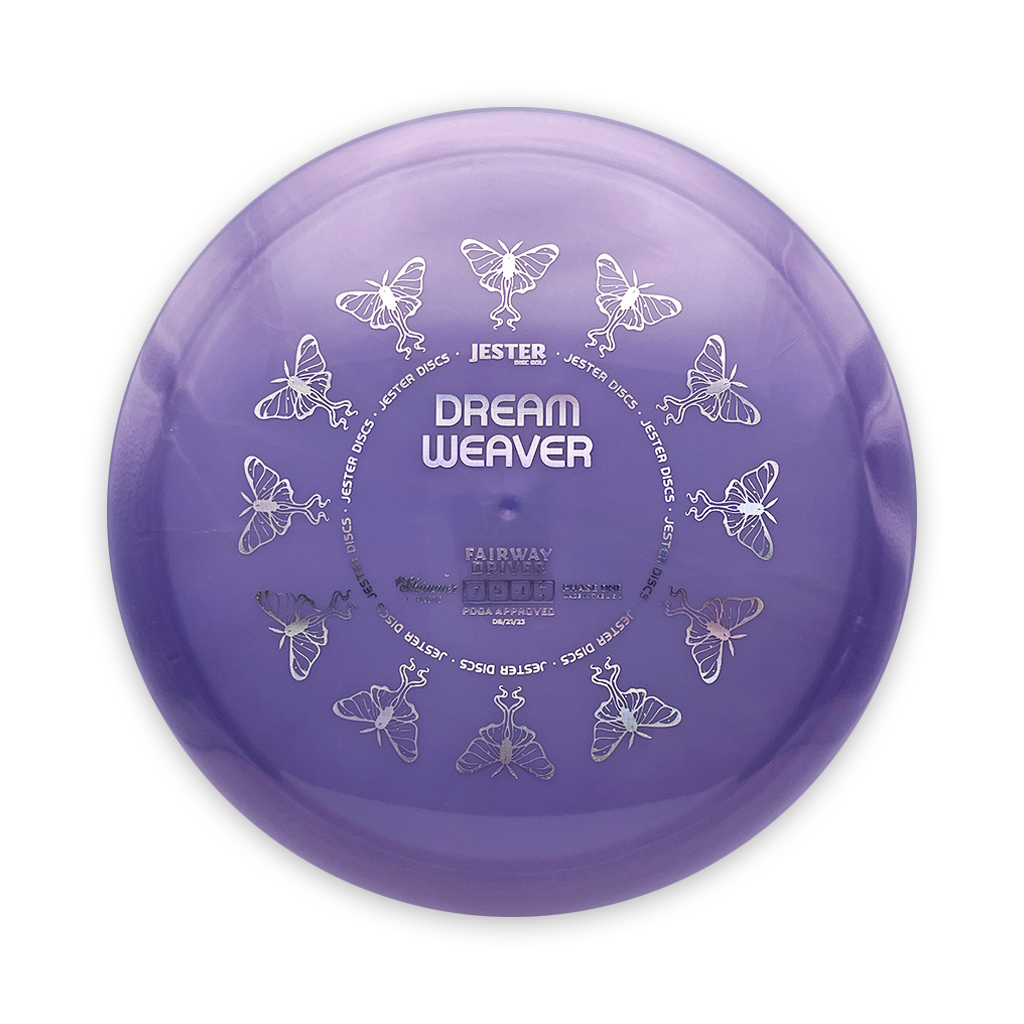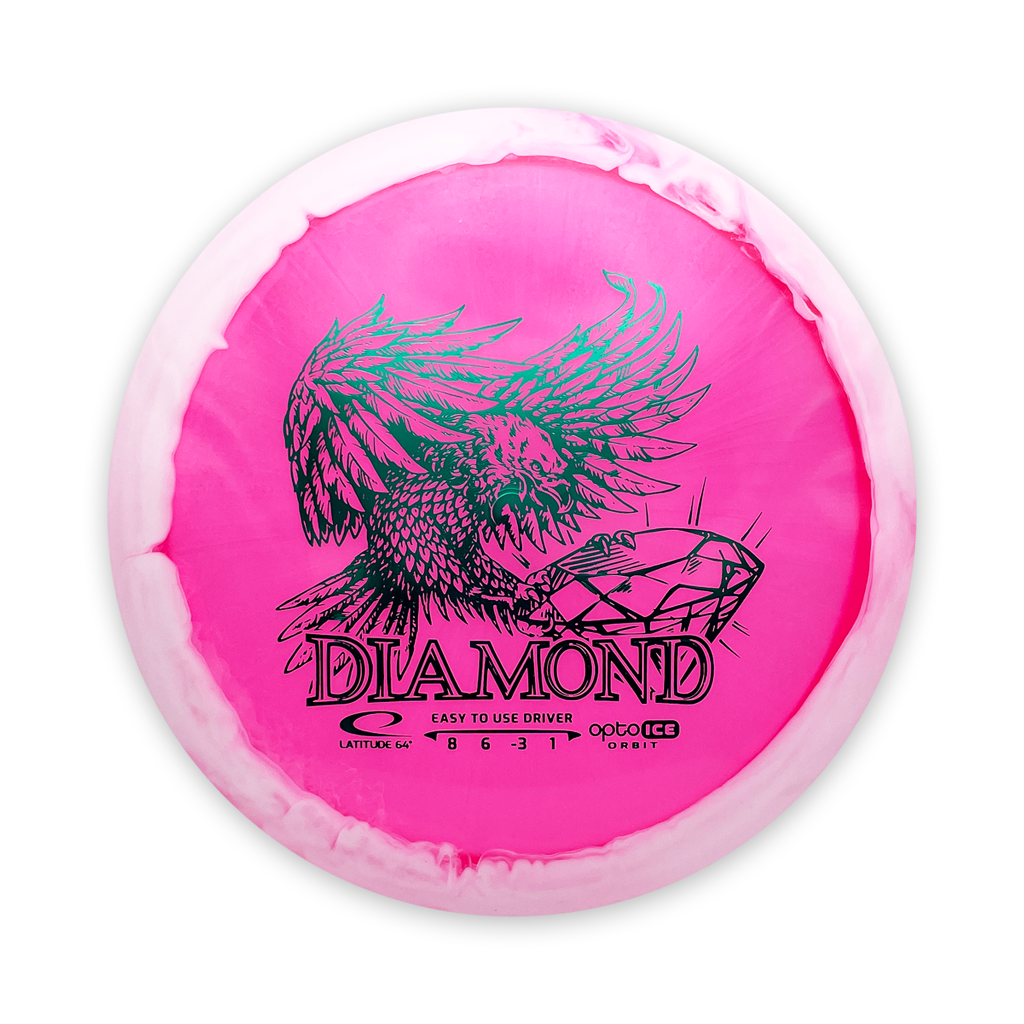The Basics
Disc golf is based on traditional golf, but instead of using clubs to knock a golf ball into a hole, you throw a disc into a basket. And instead of irons, drivers and putters you have...well, you still have putters and drivers, but instead of clubs, you have discs. And there can be big differences in the flight of each disc. But before we get into the equipment, let's go over the basics of disc golf.
Scoring
Disc Golf is played one hole at a time. The number of throws it takes to get the disc from the tee box to in the basket, plus any penalty strokes, is your score for the hole. Like in golf, the goal is to complete each hole in the fewest strokes.
What is Par?
Like golf, each hole has a par number. Par is the number of strokes a proficient player is expected to take to complete the hole. It's common to talk about your score in relation to par. A birdie is one stroke under par, and one stroke over par is a bogey.
Playing A Hole
Each hole on a disc golf course begins with a tee pad. The tee pad is a marked area where players begin the hole. Grab a disc, step up and make your first throw down the fairway!
Once you, and the rest of the players in your group, have made your tee shots, follow your disc to where it landed. Your next throw must be taken directly behind where the disc came to rest on your previous throw. This is called your lie.
Look out for Mandatories, Out of Bounds areas and hazard areas when moving down the fairway. Missing a Mandatory or landing out of bounds or in a hazard will add penalty strokes to your score.
A hole is completed when your disc comes to rest in the basket. Count up your strokes, including any penalty strokes, and that is your score for the hole.
Avoid Penalty Strokes
Mandatories
A mandatory, or "mando", is an object or point that the disc must travel around to complete a hole. Passing the mandatory on the wrong side results in a stroke penalty and moving your lie to the marked drop zone or a re-tee.
Out of Bounds
Out of bounds, or "OB", are restricted areas. Typical boundaries are roads, walking paths and bodies of water.
If your disc comes to rest in an OB area, a penalty stroke is incurred and your lie is moved up to 1 meter inbounds from where your disc crossed out of bounds.
Hazards
Hazards are similar to OB areas, but with one key difference. If your disc comes to a rest inside a hazard area, you receive a penalty stroke, but you do not move your lie. If a disc is in a hazard area, you play it where it lies.
About The Discs
The 4 Basic Types Of Discs
Putt & Approach
Putt and Approach discs feature blunt, rounded noses, and are perfect for accuracy around the basket.
Midrange
Midrange discs feature a larger diameter than other discs. They maintain a great deal of control for when accuracy matters.
Fairway Driver
Fairway Drivers are great for when you need to push the distance off the tee pad, but still need the control to get through a tight fairway.
Distance Driver
Distance Drivers feature the widest and sharpest rim of all discs. As the name implies, they are made to fly far. However, they require advanced arm speed to reach their full potential.
Understanding Flight Numbers
Choosing The Right Disc
Discs are often labeled with a set of four numbers. The numbers look something like "9 | 4 | 0 | 3". Those are flight numbers. Flight numbers a general scale to indicate how a disc should fly through the air. From left to right they read the disc's Speed, Glide, Turn and Fade.
Speed
Speed generally correlates to the width of the disc's rim. The higher the speed, the further it should fly.
Glide
Glide is the disc's ability to maintain its loft and stay in the air. Some discs will fight to get to the ground while others seem to glide for days.
Turn
Turn is the disc's stability at high speed. Straight-flying discs will have a turn rating of 0. More understable or "flippy" discs will have negative numbers like, -3.
Fade
Fade is the disc's stability as it slows down. Discs with a fade of 0 or 1 will finish with little fade, where discs with higher fade will have a reliable hook at the end of their flight.
Understanding Disc Stability
Overstable vs Understable Discs
Beyond each type of disc, discs also have different stabilities, or ways they fly through the air. A disc's stability is a combination of its high-speed turn and its low-speed fade.

Overstable
Overstable discs have little to no high-speed turn in their flight and finish with a strong hook as they slow down. For a right-handed backhand throw, these discs will finish to the left.
Overstable discs hold up well against the wind with predictable flights. More advanced players tend to prefer overstable discs for their reliability.

Neutral/Stable
Stable, or neutral, discs have straighter flights or flights with equal turn and fade.
A disc with 0 turn and 0 fade will stay straight throughout its flight. A disc with -2 turn and 2 fade will turn in its flight but should fade back an equal amount at the end of the flight. Both are considered stable.

Understable
Understable discs feature more high-speed turn than stable or overstable discs and little to no low-speed fade. For a right-hand backhand throw, these discs will turn to the right at high speed.
Understable discs also make great roller discs for their ability to turn over and get to the ground and roll for long distances.
Understanding Throwing Angles
The Basics of Release Angle
Now that you know the basic rules and have an understanding of the equipment, let's talk about the different ways to throw a disc. While a disc's stability affects how it flies in the air, your throwing angle can exaggerate or mitigate its flight characteristics. There are three basic release angles: Hyzer, Flat & Anhyzer.

Hyzer
A hyzer angle is when you throw with the outside edge of the disc pointed downward. This will exaggerate the flight of an overstable disc, but will mitigating the high-speed turn of an understable disc.

Flat
When you keep your release of the disc flat, the disc will fly true to its
natural flight path.

Anhyzer
An anhyzer angle is when you throw with the outside edge pointing up. This will exaggerate the turn of an understable disc. For an overstable disc, it will force it over before the disc fades back, giving it an S-shaped flight.
Understanding How Wind Affects A Disc's Flight
Be Mindful Of The Wind

Headwind
A headwind increases the air speed over the disc causing the disc to be more understable. For a headwind, choose a more overstable disc and keep your shot lower to the ground.

Tailwind
A tailwind decreases the air speed over the disc, causing the disc to be more overstable. For a tailwind, reach for a more understable disc and give your throw a bit more height.

Into A Crosswind
If you have a crosswind where the disc will fade into the wind, reach for an overstable discs and watch it fly straighter and further than usual.

With A Crosswind
If you have a crosswind where the disc will fade with the wind, discs can get carried further as they fade. Aim a bit further out than usual.
Great Disc Golf Starter Sets
Now that you have the basics of the game, these disc sets have all you need for your first round. Starter sets typically include a fairway driver, a midrange disc for approach shots, and a putter.
Build Your Own Starter Set
Hand pick your own starter set by selecting a putter, a midrange and a fairway driver. The discs featured here are a perfect starting point for your disc golf adventure! With more forgiving flight characteristics, they are friendlier to new players.
Common Disc Golf Etiquette
If there is even a slight chance that you could hit someone, wait to throw until it is clear. Discs have the potential to seriously injure someone.
No one likes to be stuck behind a slower group. If the course is open ahead of you, and you notice a group catching up or waiting on you, let them play through on the next hole.
If you bring it with you, make sure it leaves with you. This includes food wrappers and drink bottles.
Occasionally, despite your best efforts, you may lose a disc. You may also find lost discs while looking for yours. If there is a name and number written on the disc, try to contact the owner. If there is no contact info, check with the groups around you to make sure it isn't one of theirs.
From playing loud music to talking through another player's turn, to being in a players line of sight while putting...these are common ways new players can unknowingly be a nuisance on the course.
If you chose to play music, wear headphones. If you're talking with a buddy, make sure the conversation isn't distracting to players while they are throwing.
It is common for new players to want to go find their disc as soon as is lands. However, players should move down the fairway together, with the player who is furthest from the basket being the next to throw.
You've got the basics, now go have fun!
This is just the beginning!
This is a guide to help get you started with the basics of disc golf for your first round, but you will quickly find that there is much more to know. There are different ways to throw a disc, like backhand, forehand and tomahawk. There different ways to grip a disc like power grip and fan grip, and there are even different putting styles like spin putting, push putting and turbo putting.
We recommend searching YouTube for more in-depth tutorials to learn more about the ins and outs of disc golf. Because, the beauty of disc golf is finding what style works for you. Even if it means creating your own. Good luck, and if you have any questions, we're here to help!





